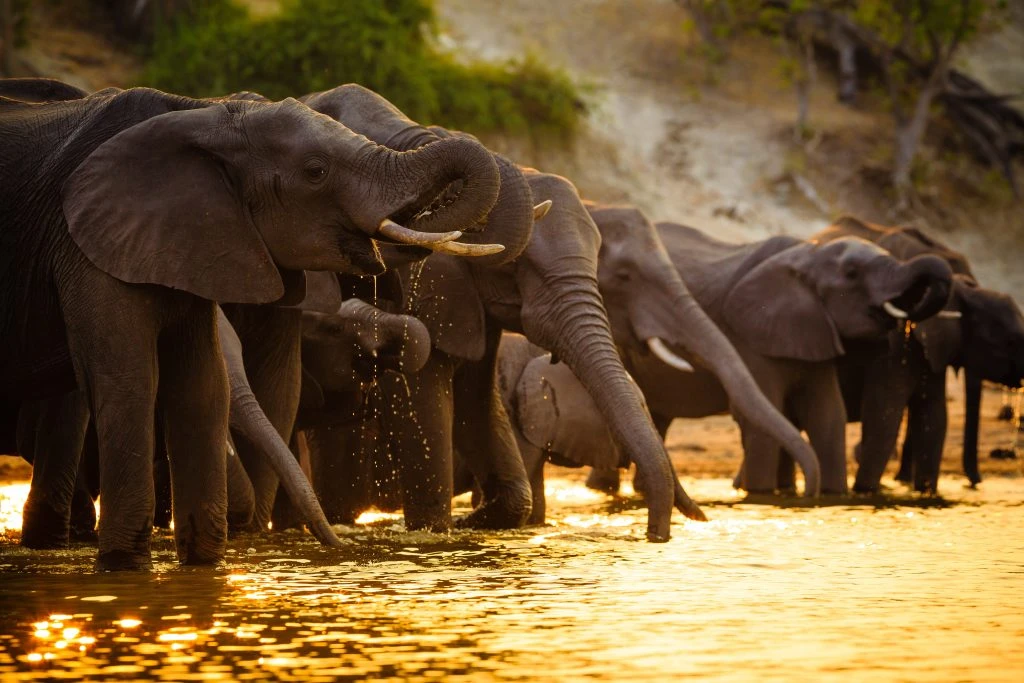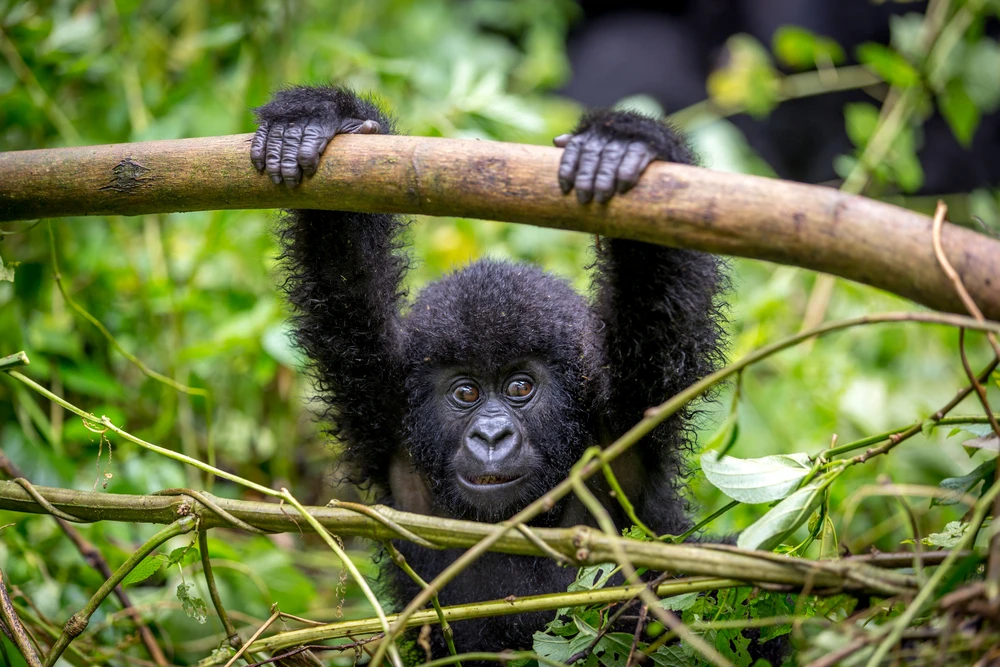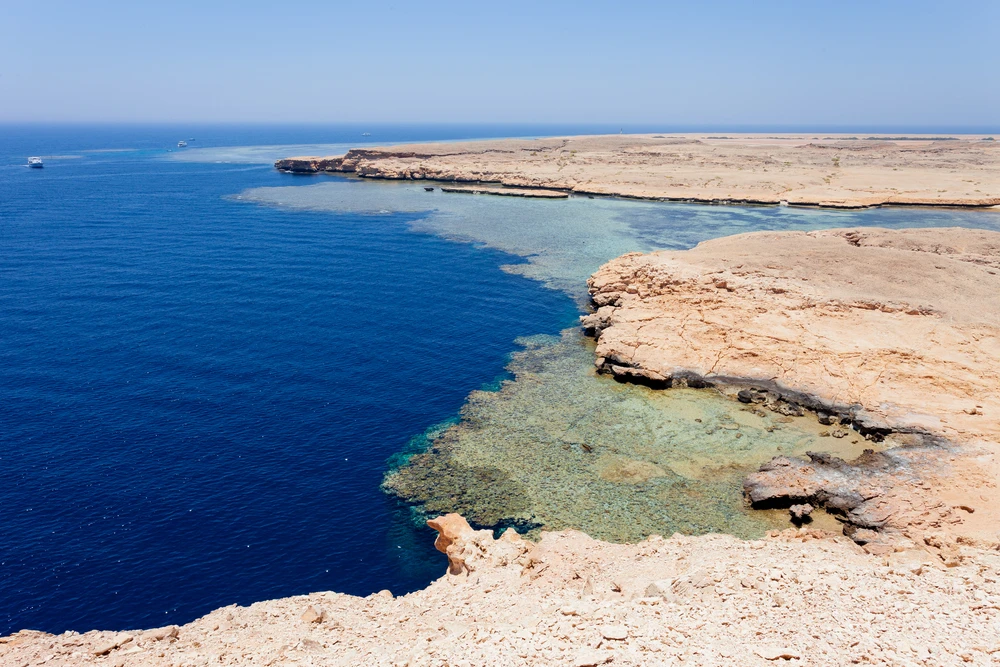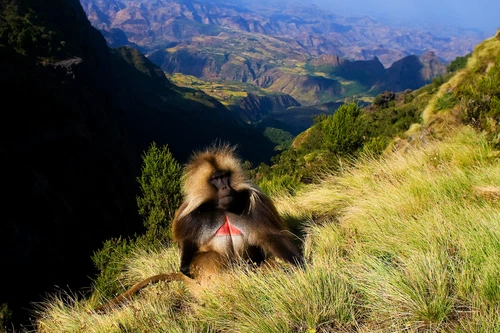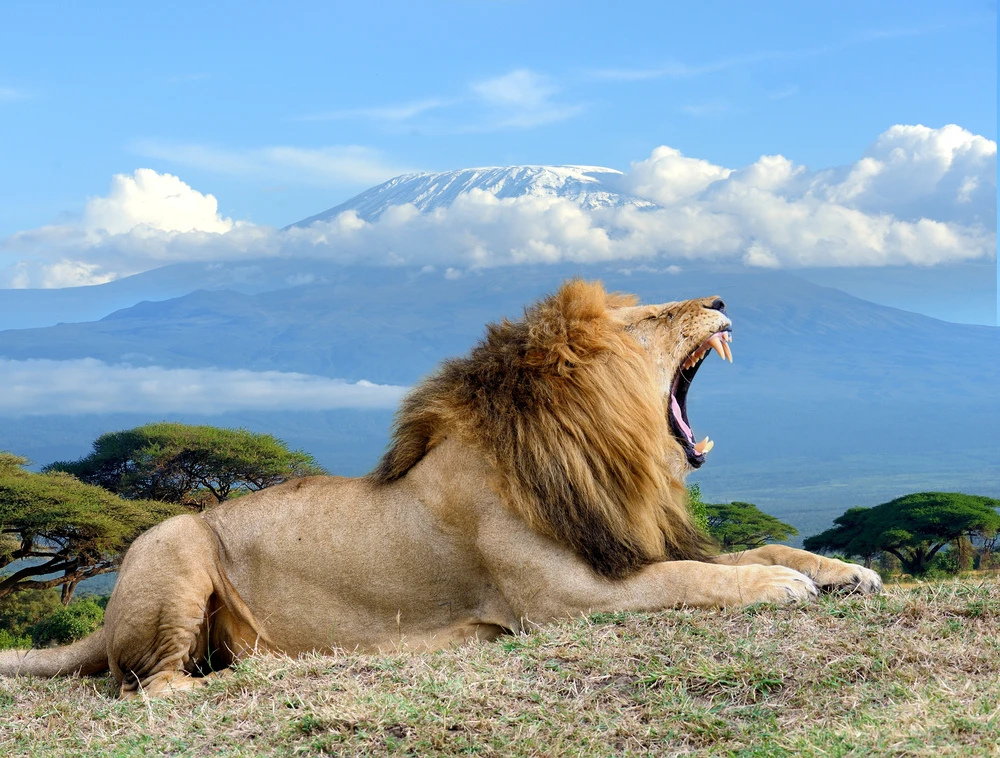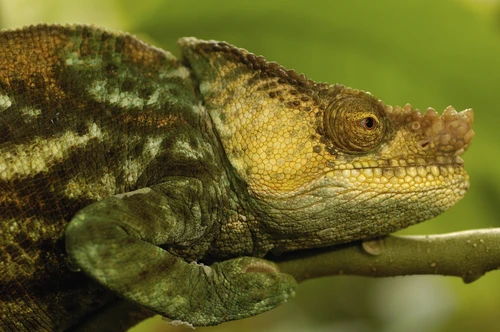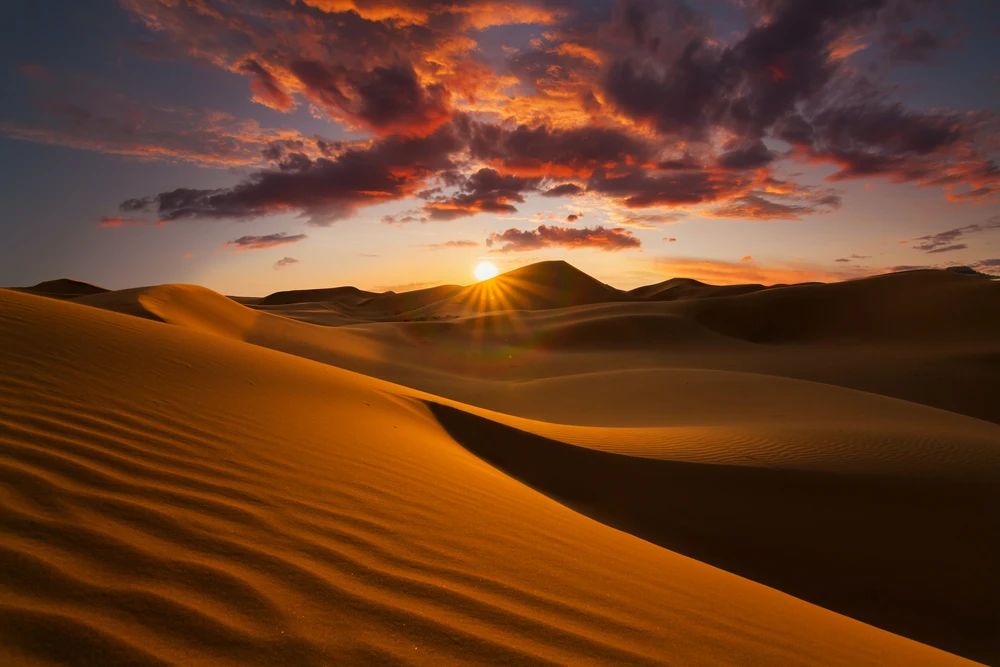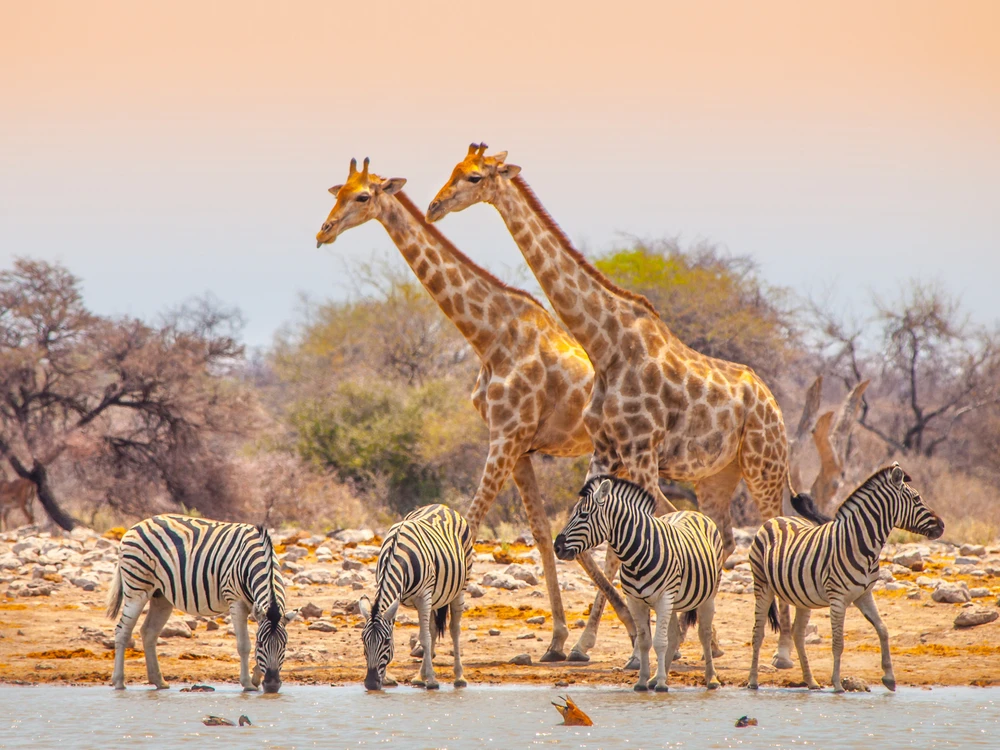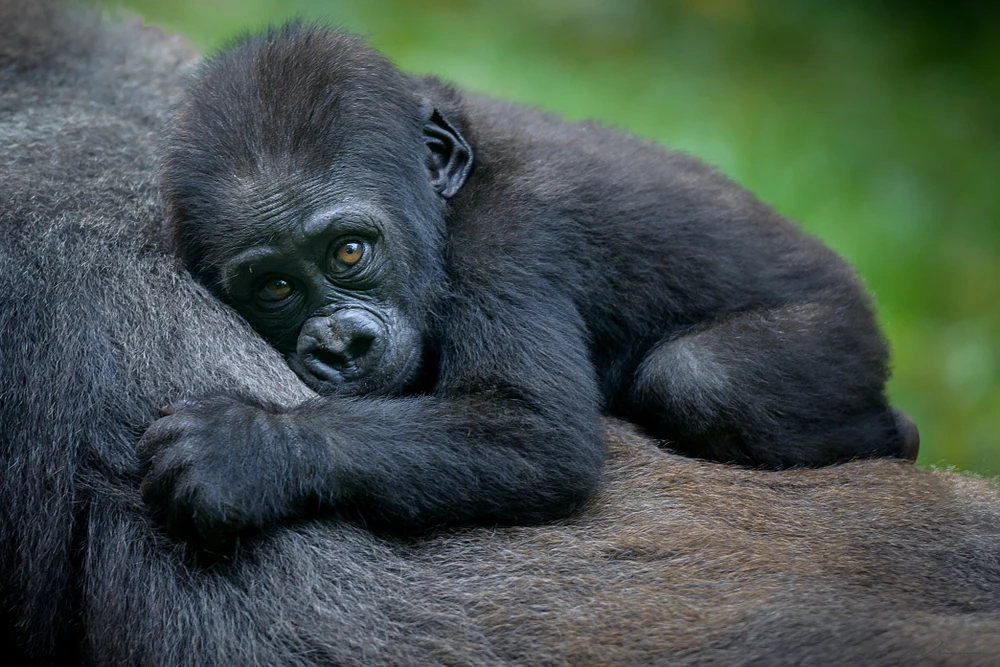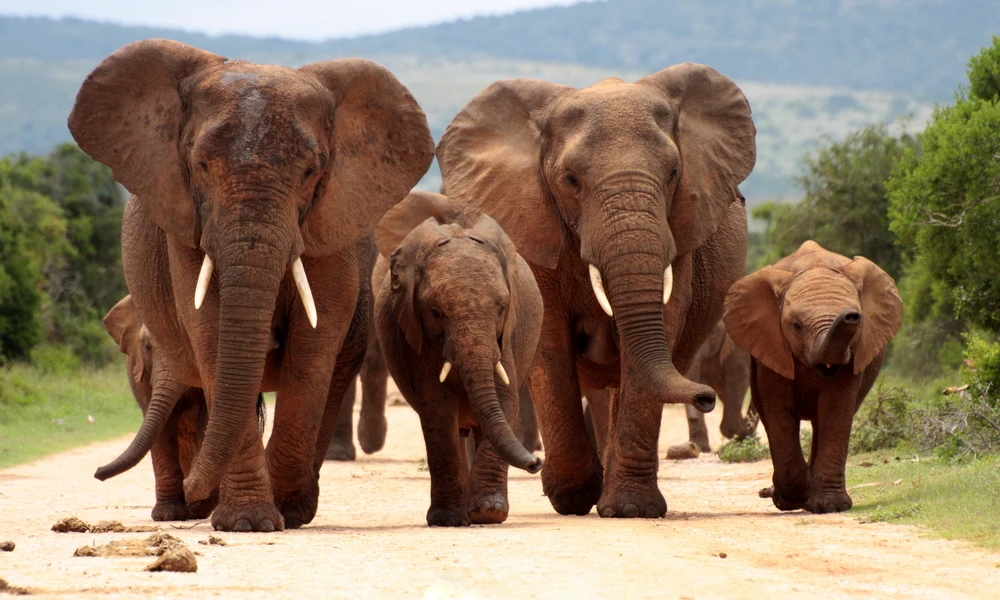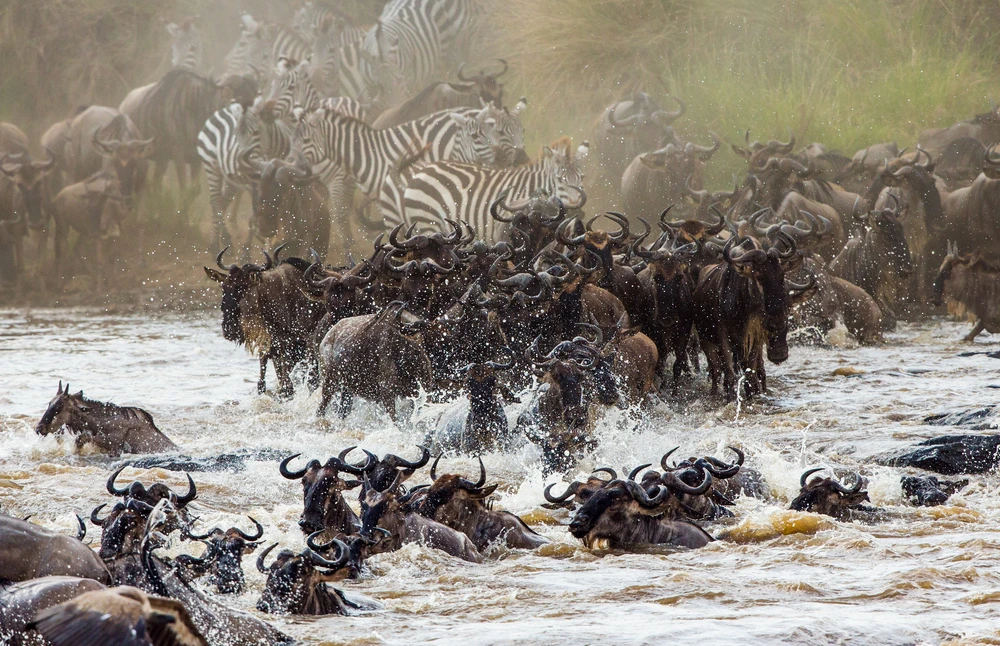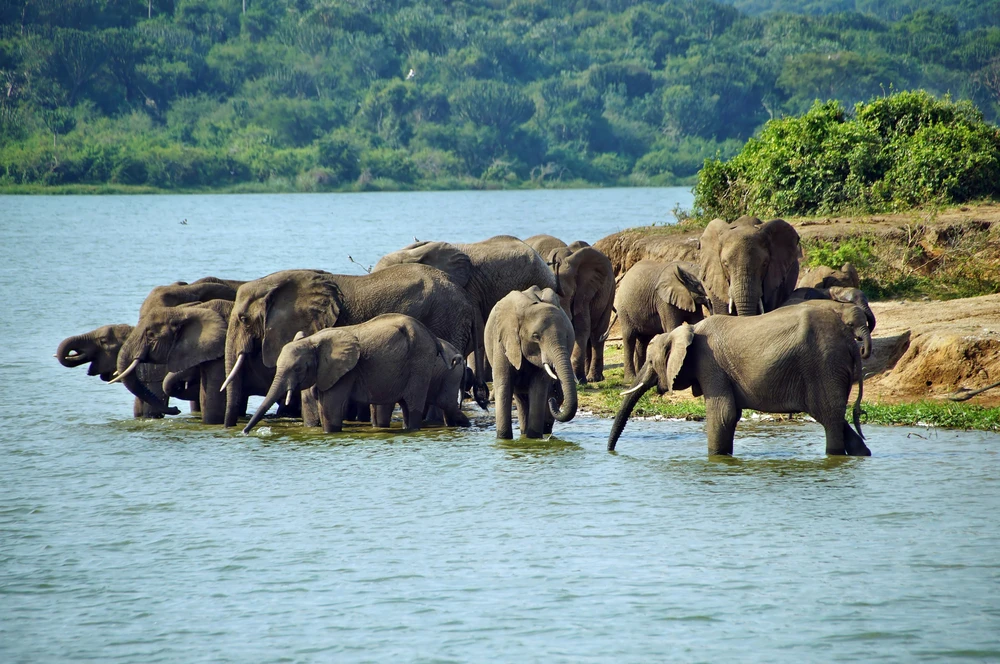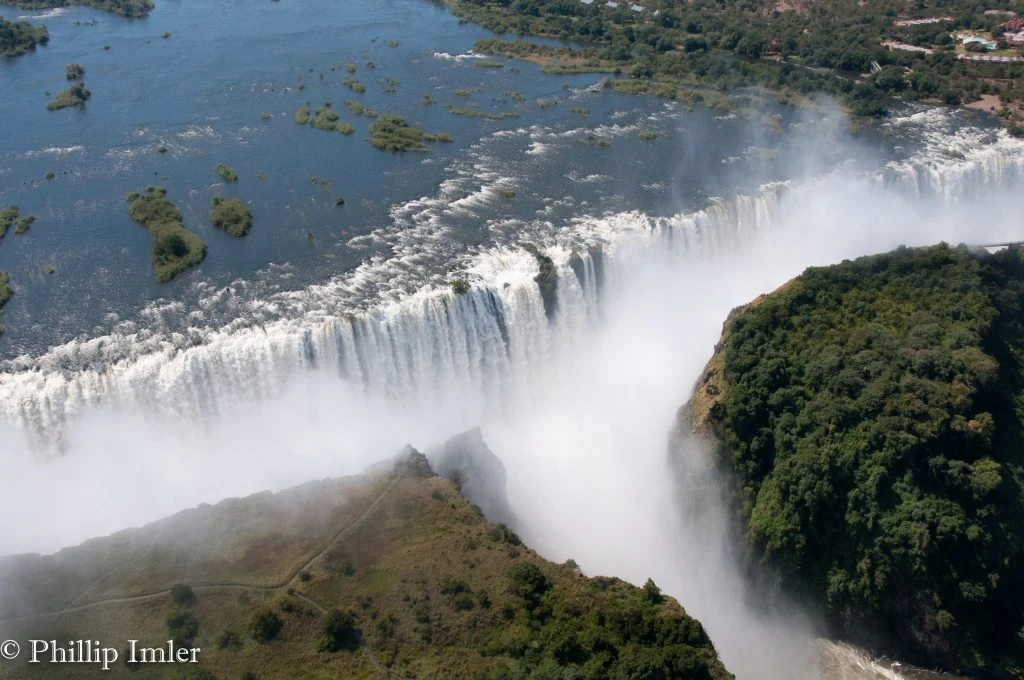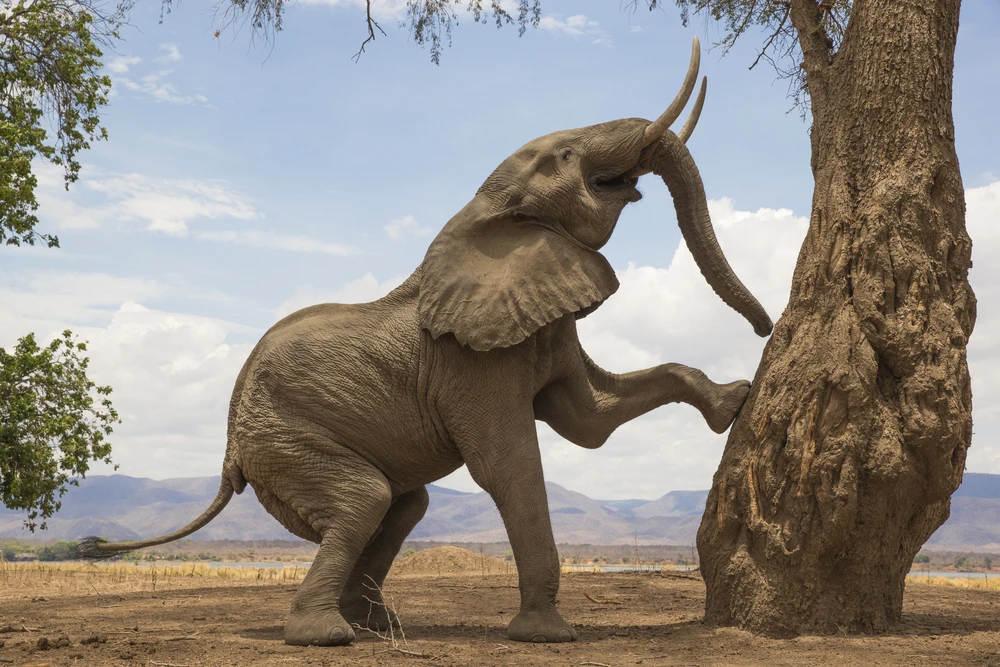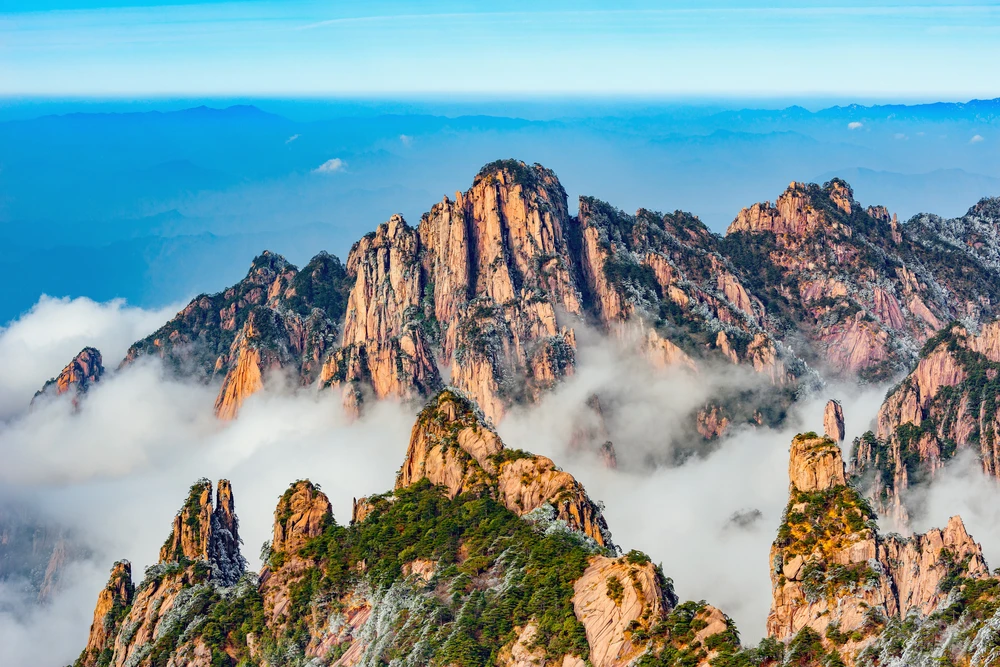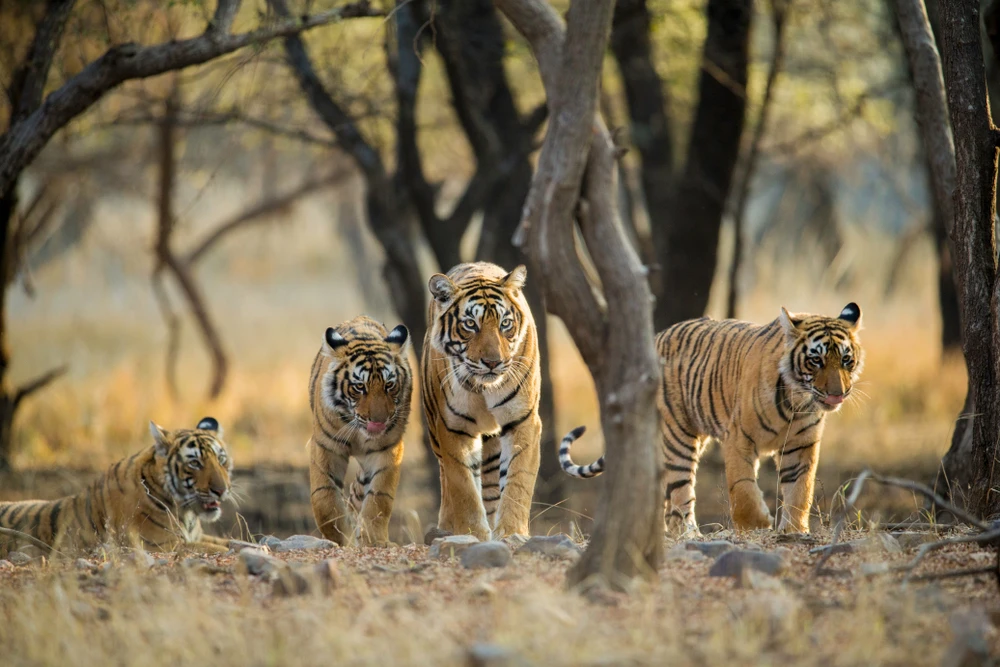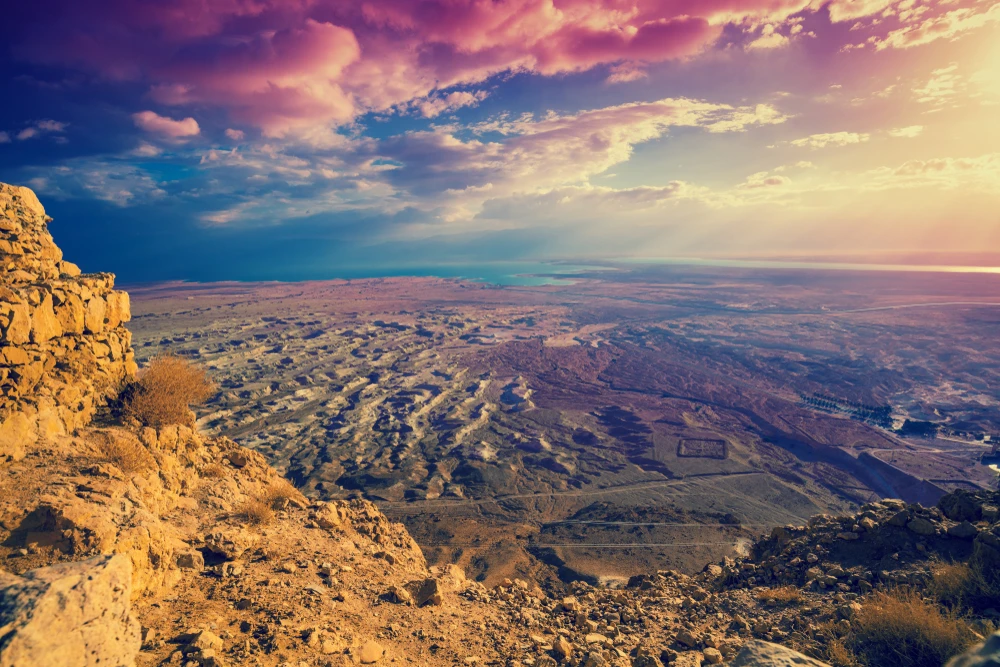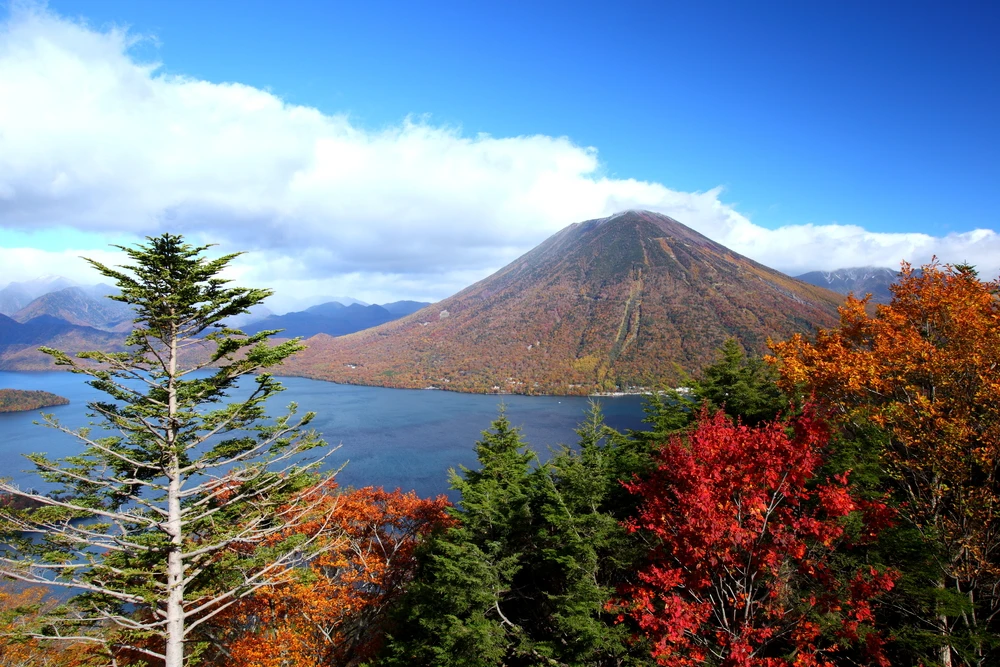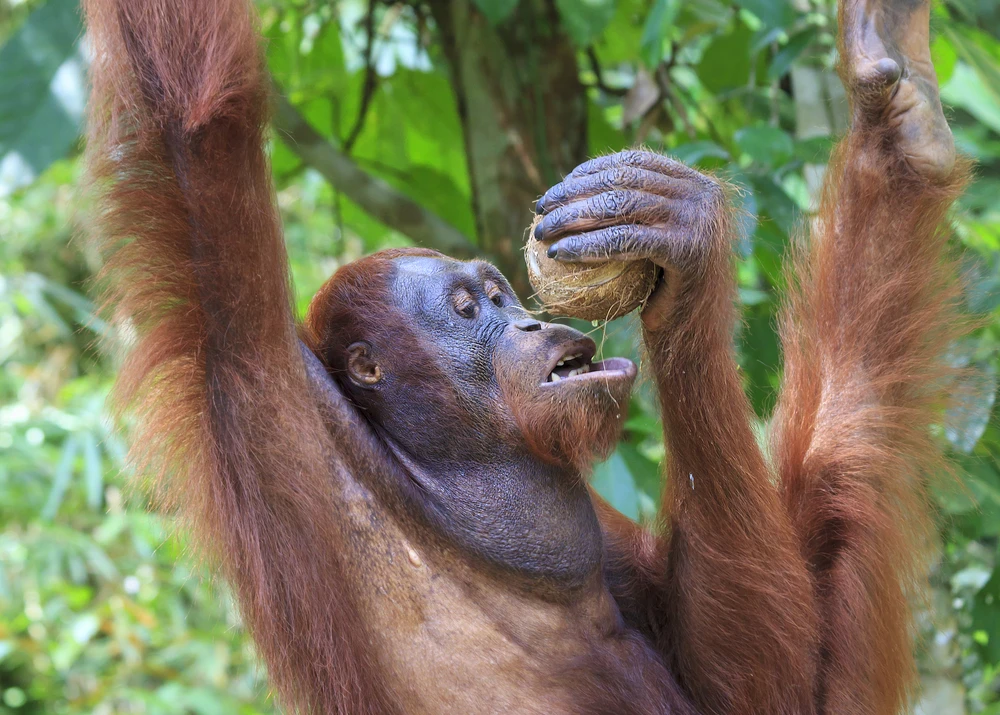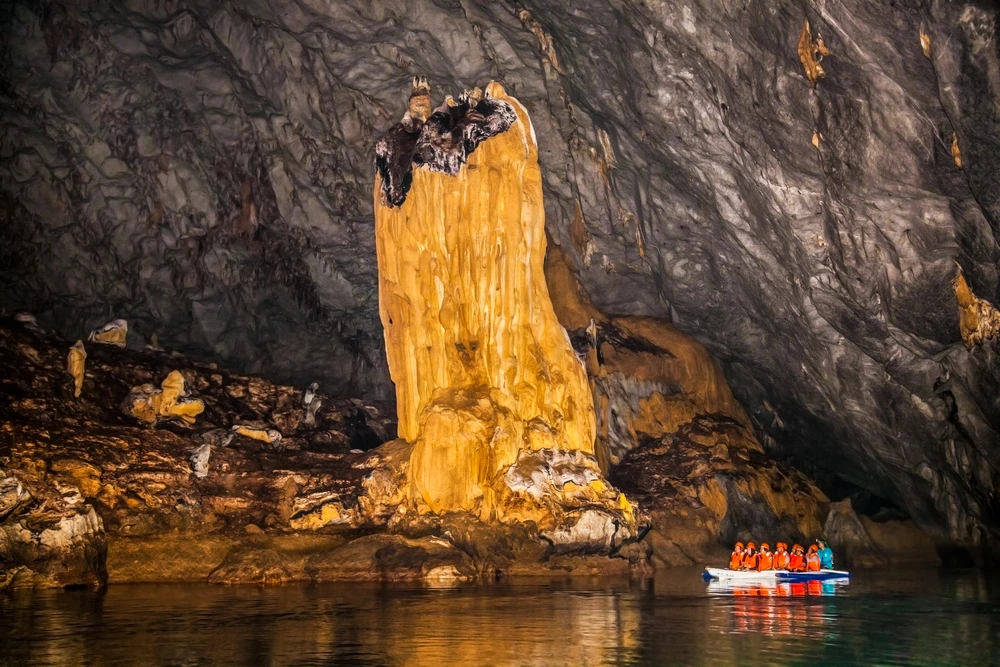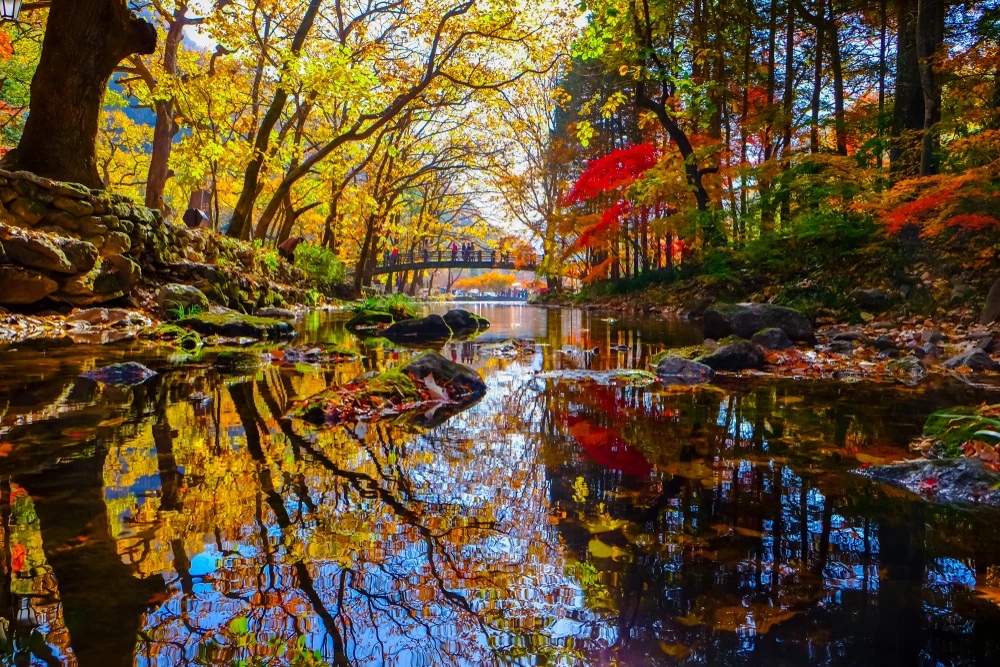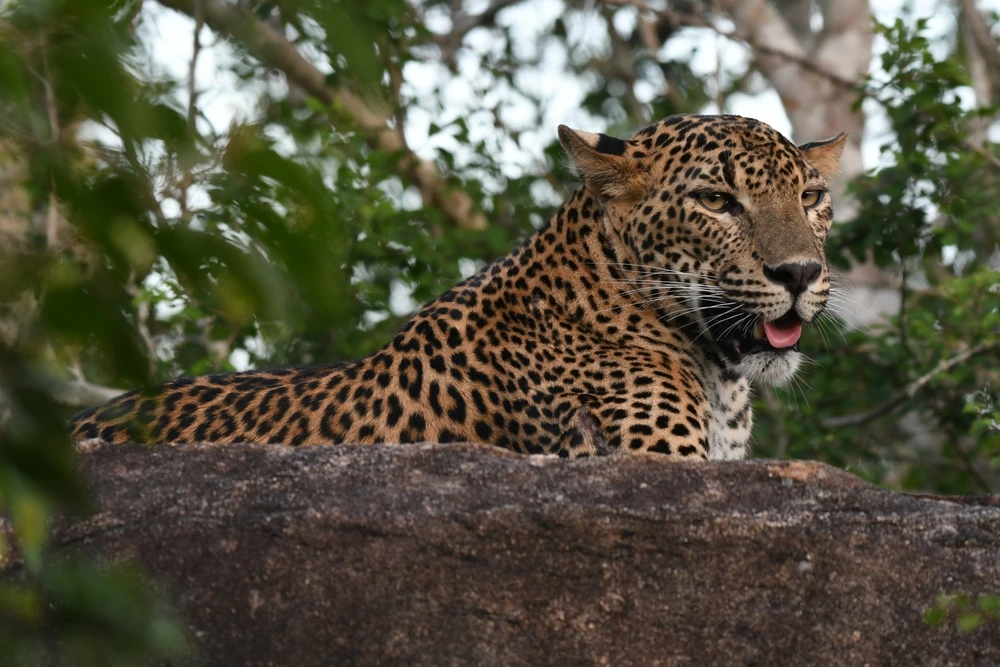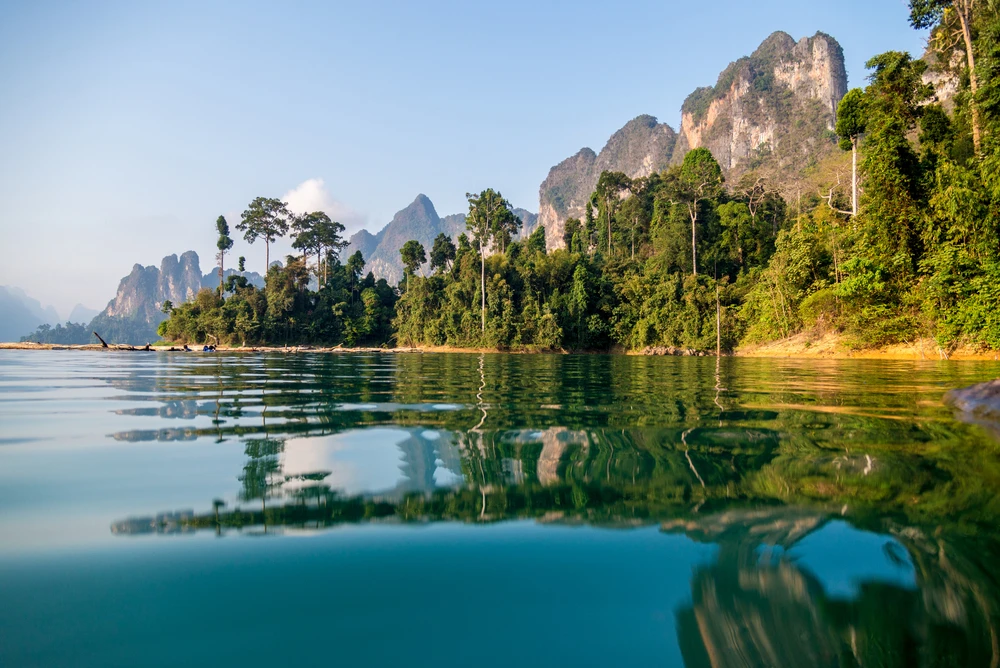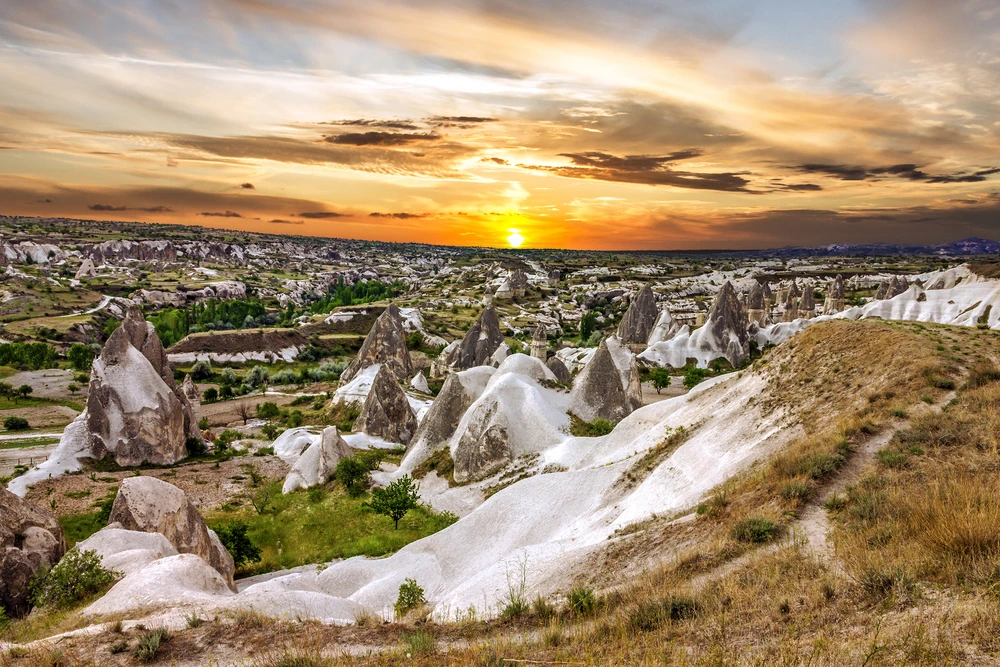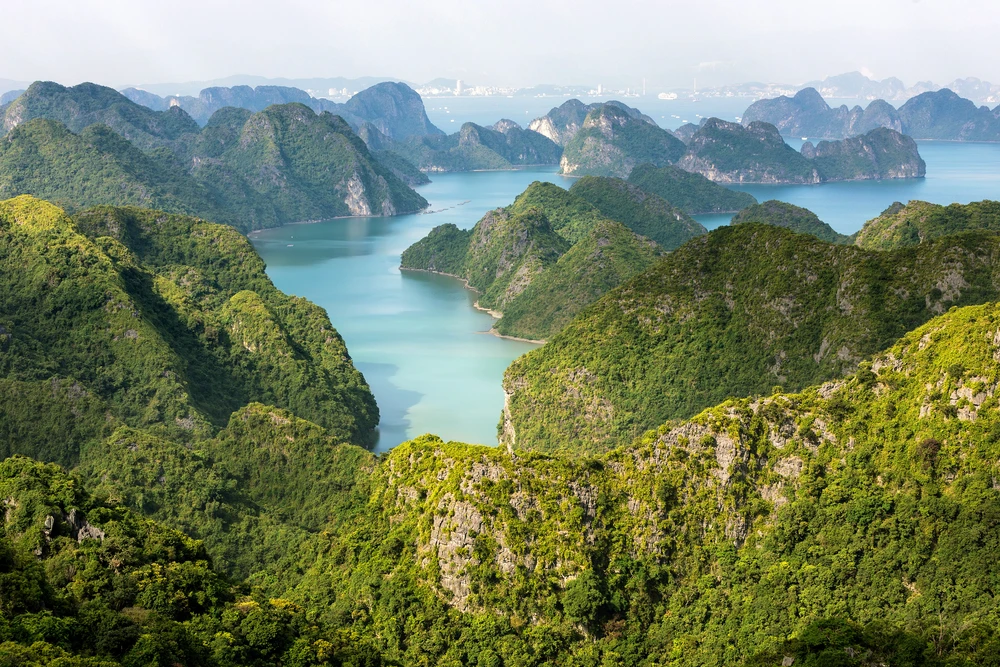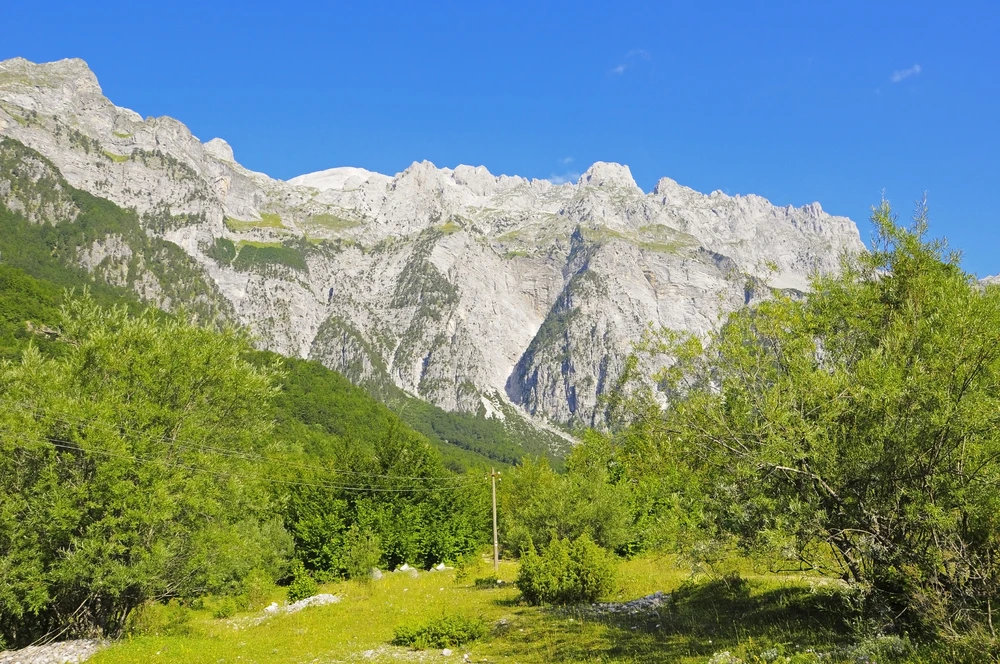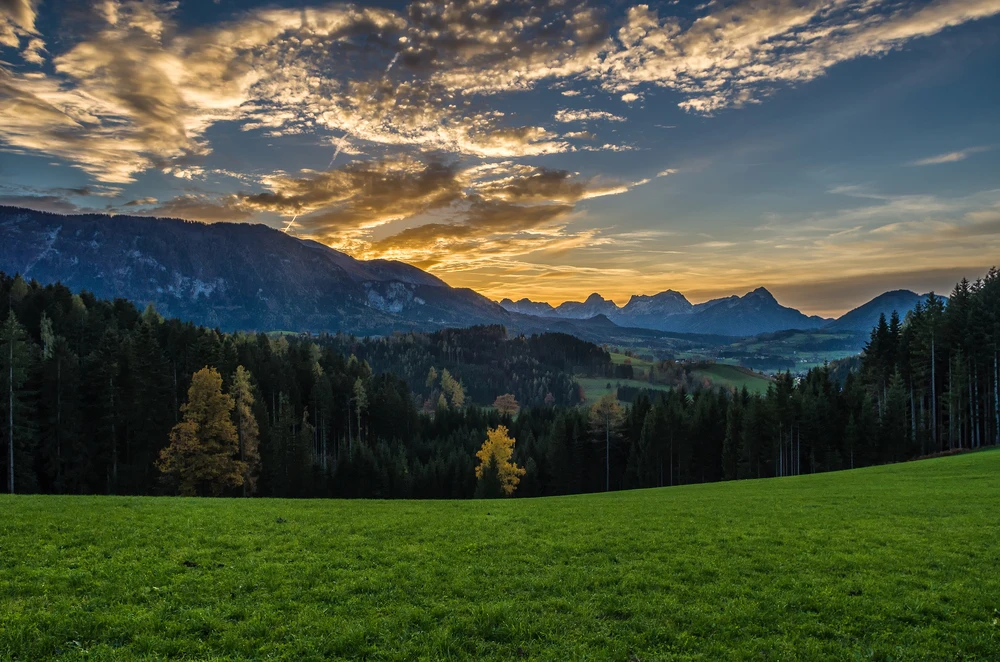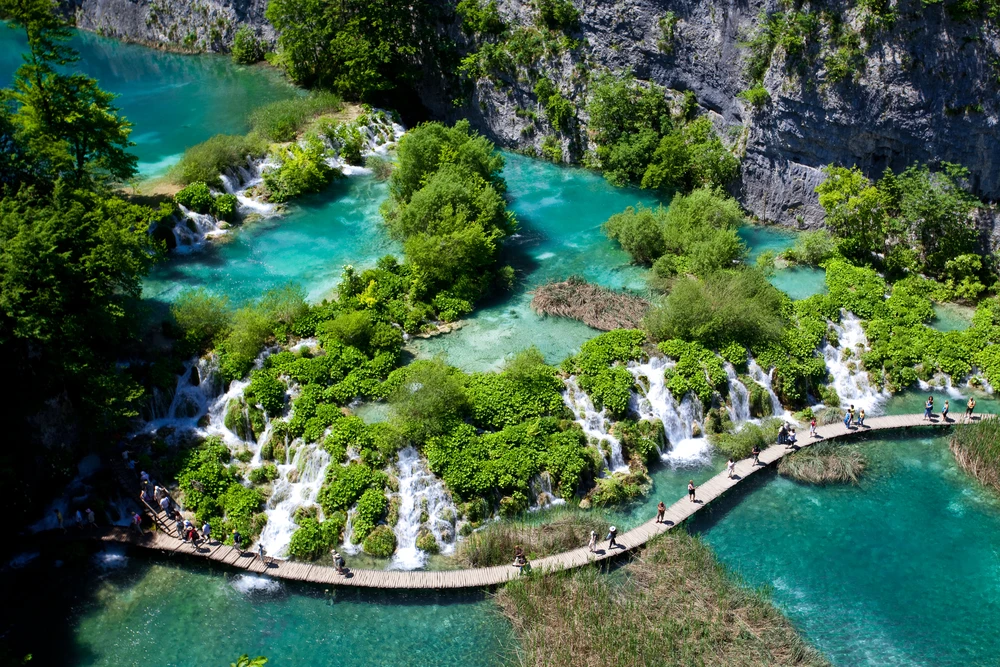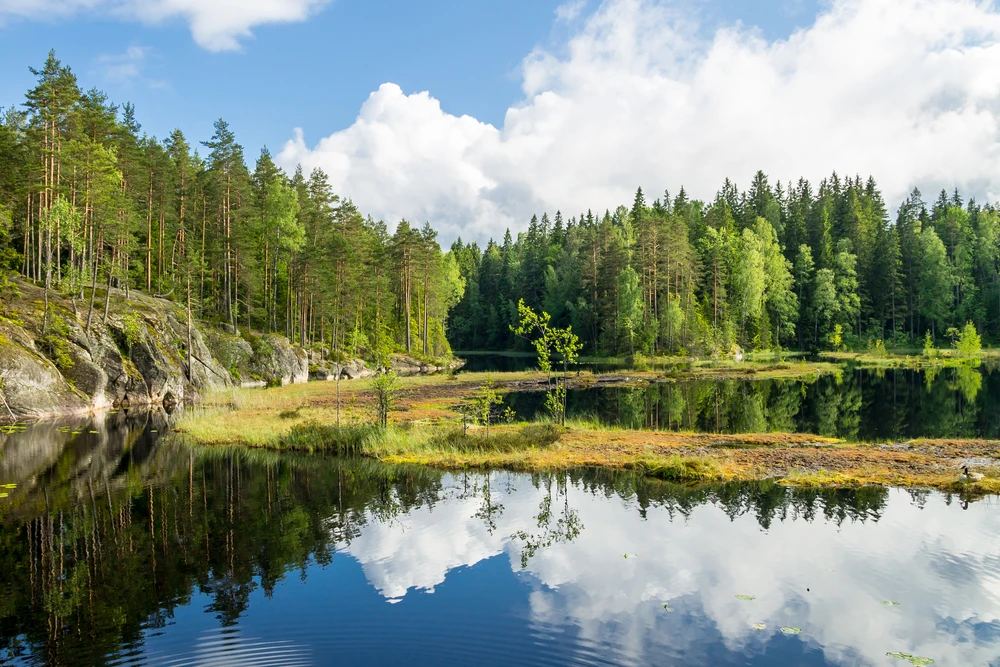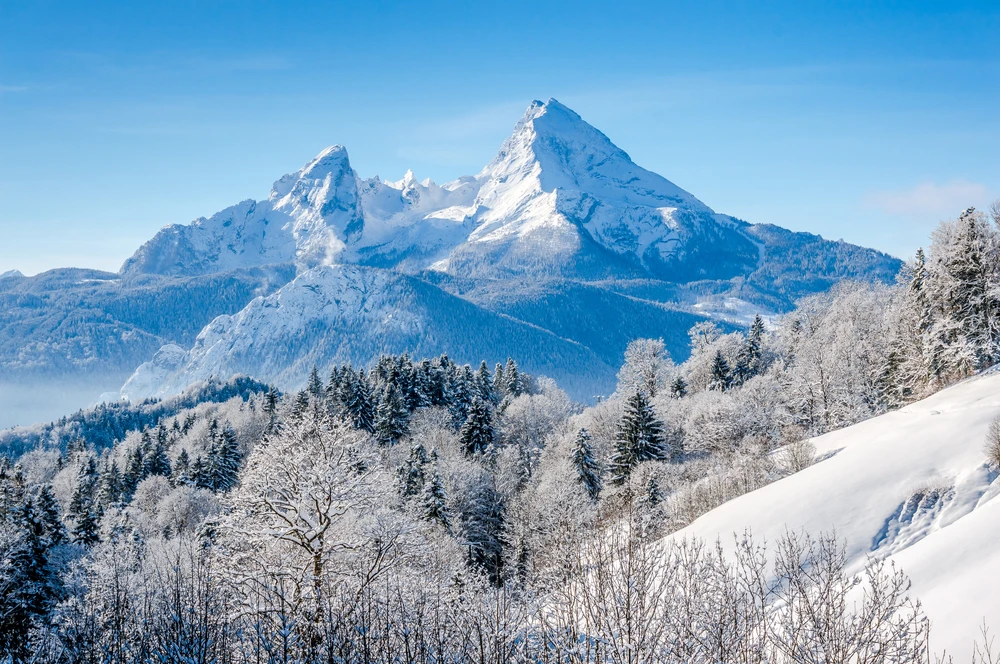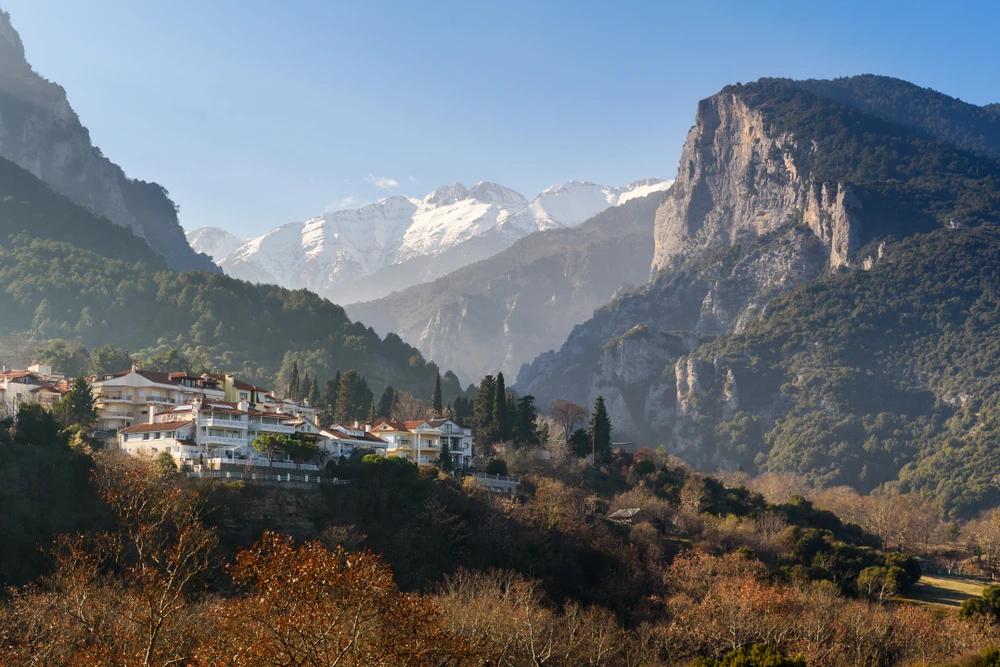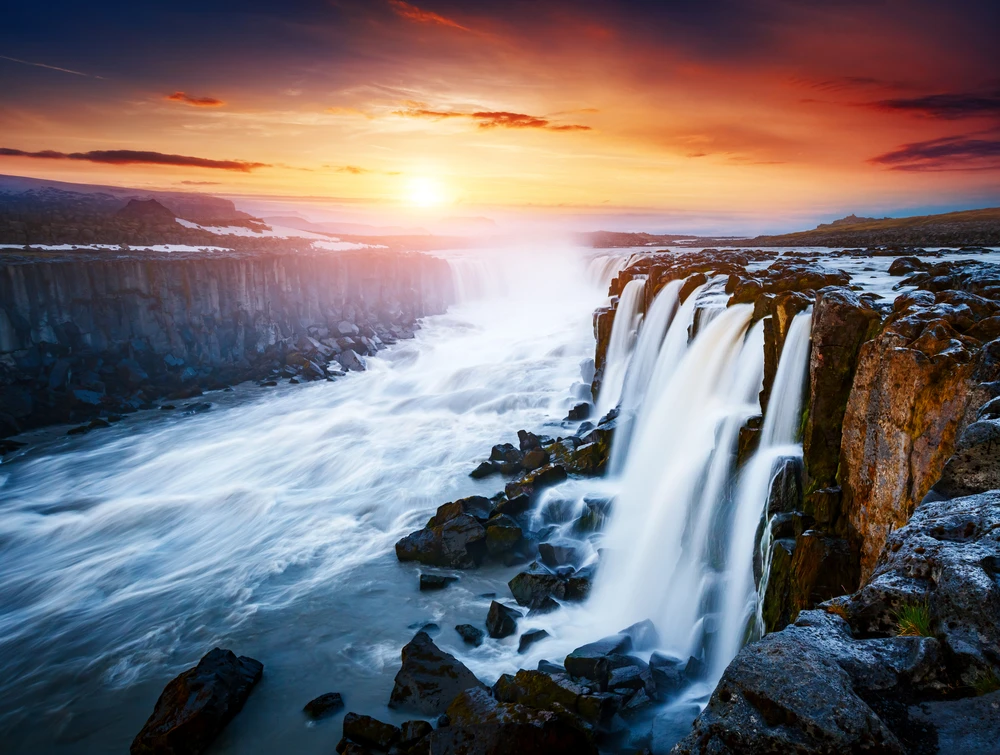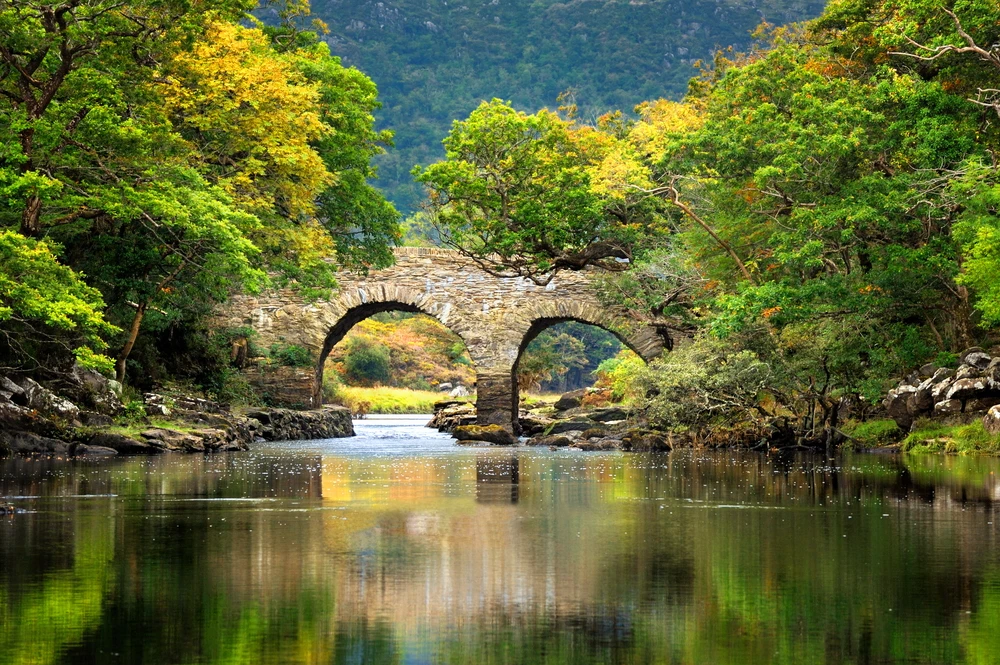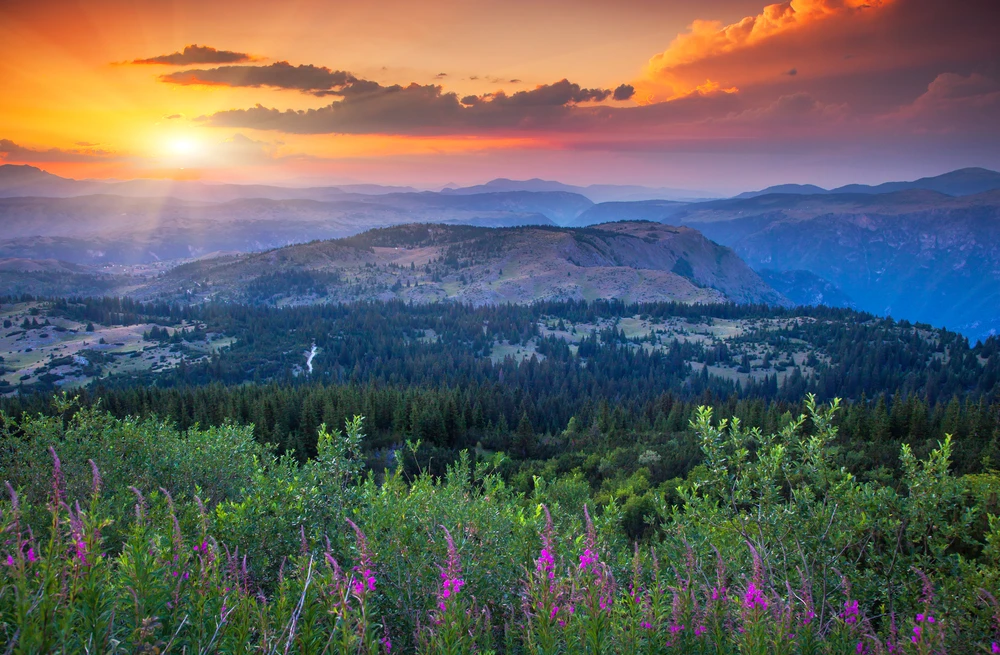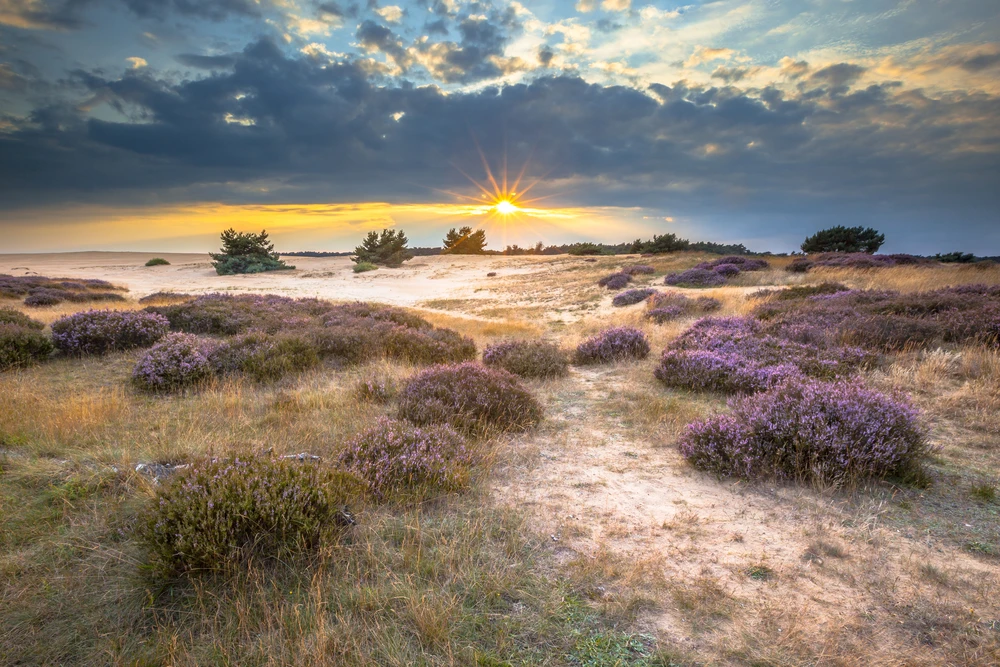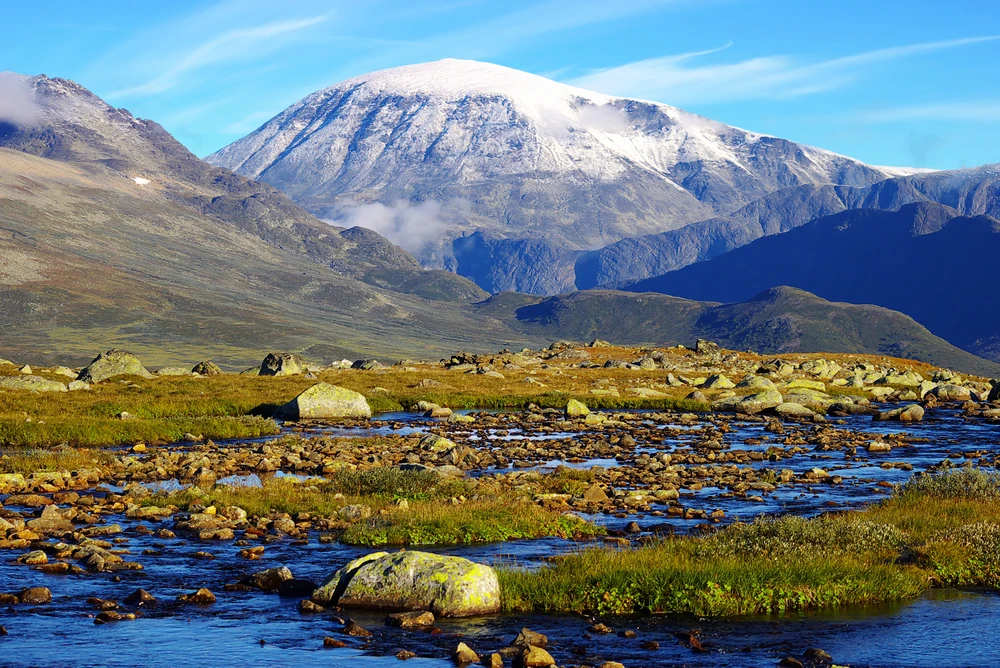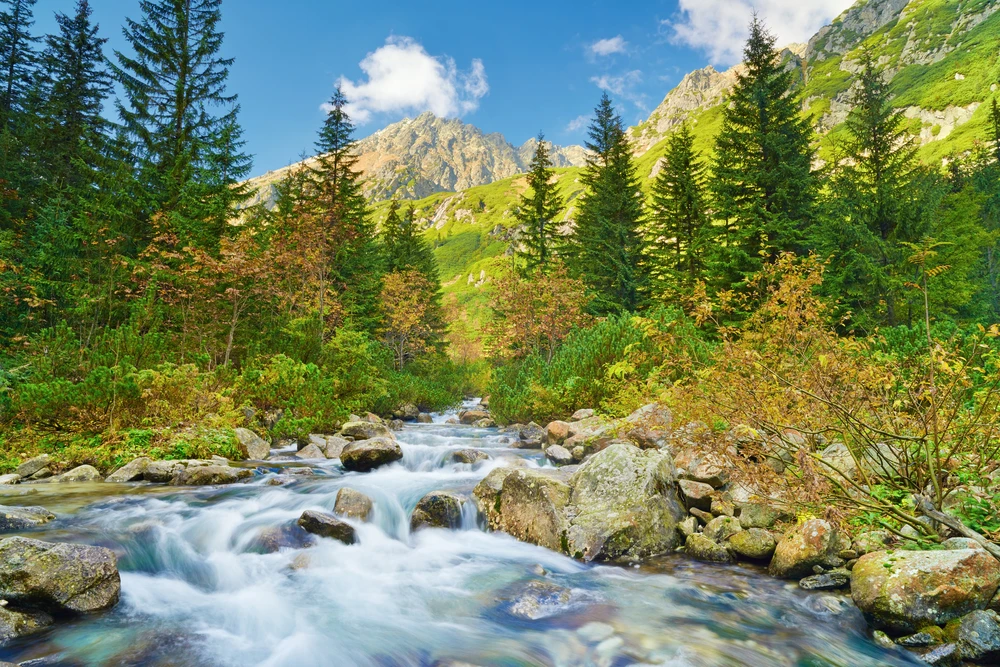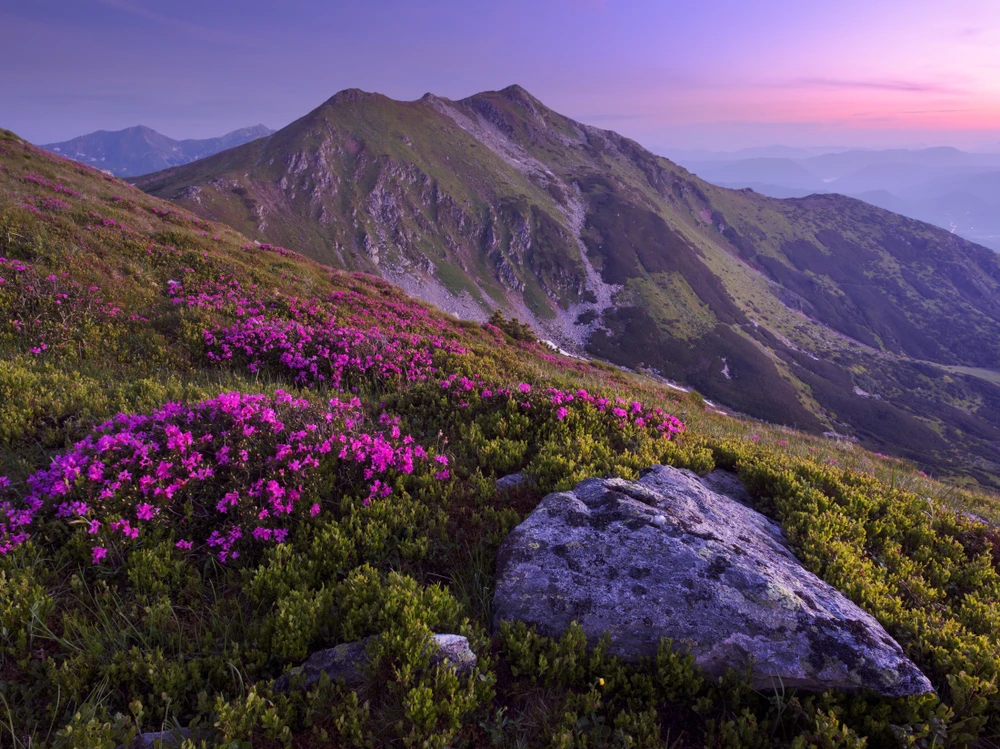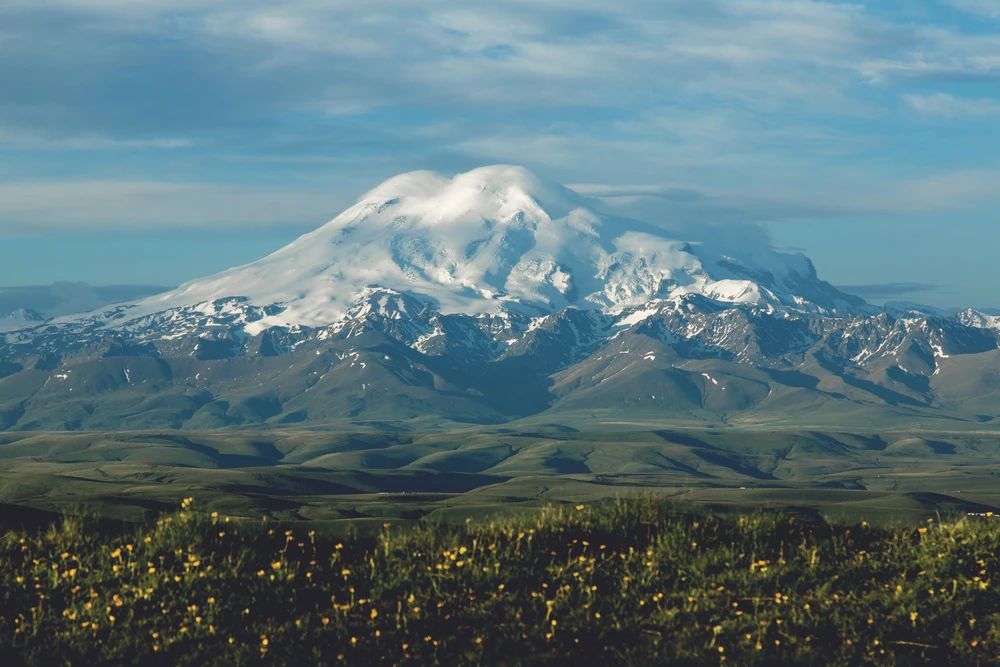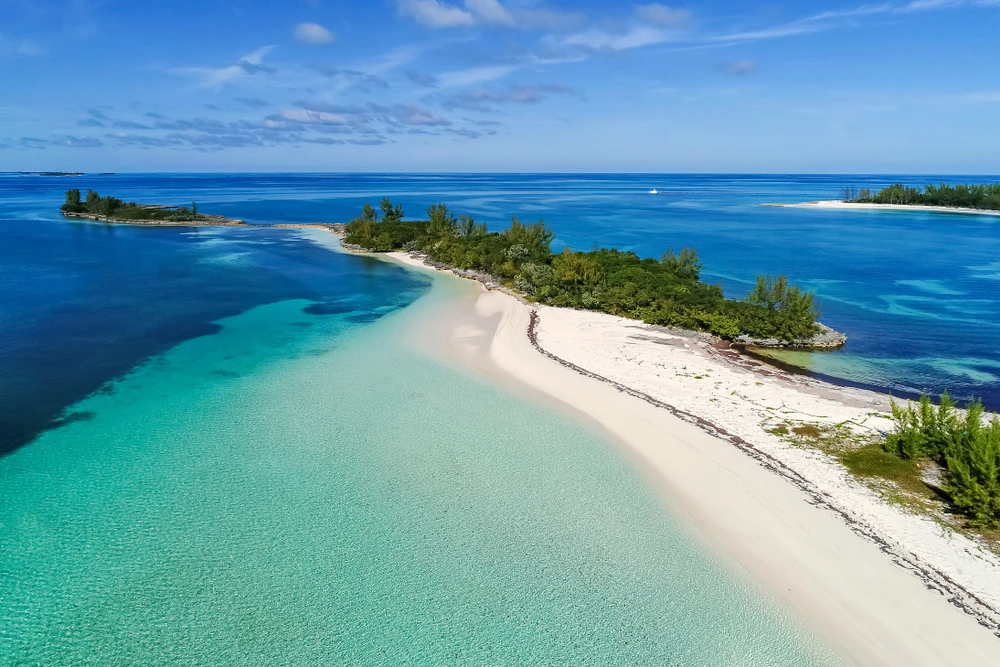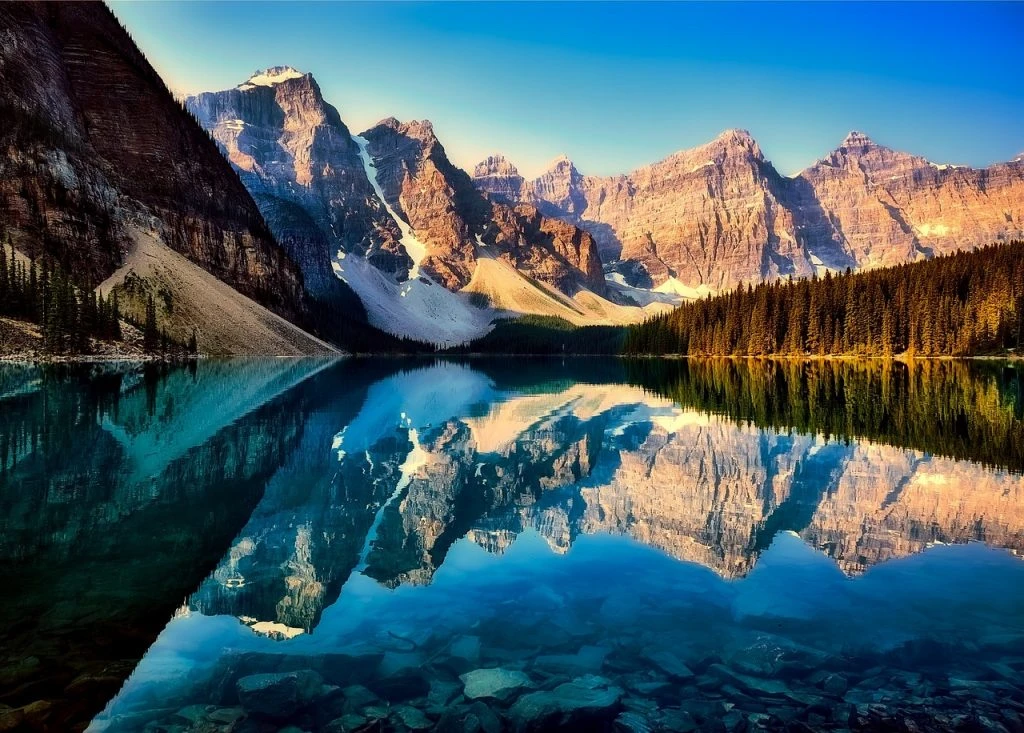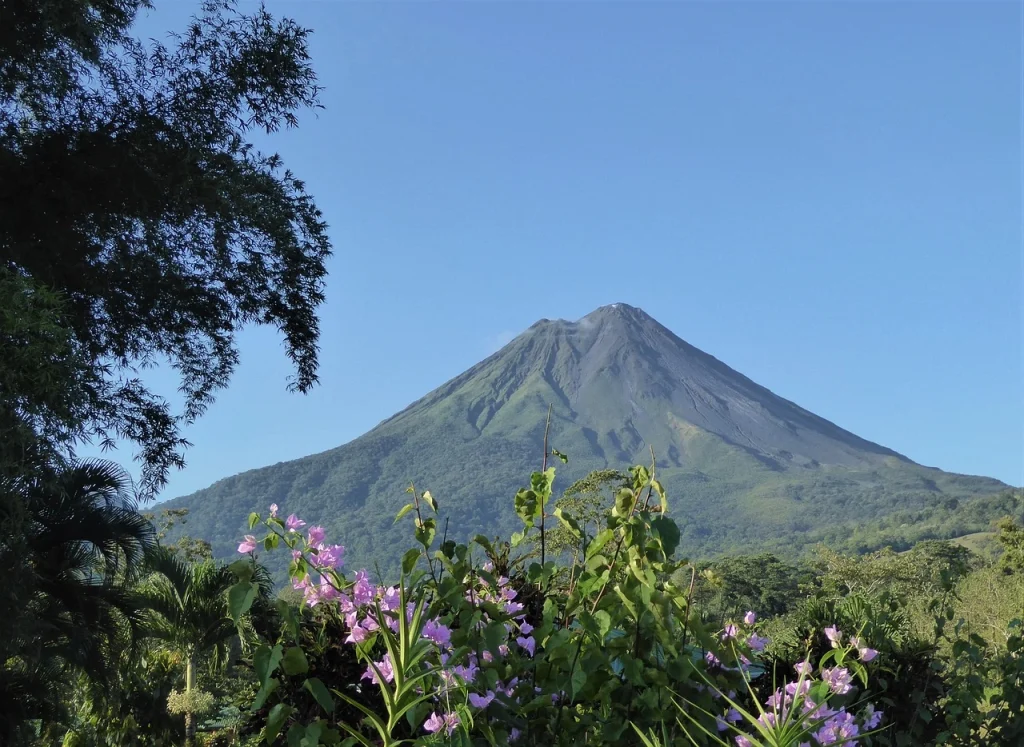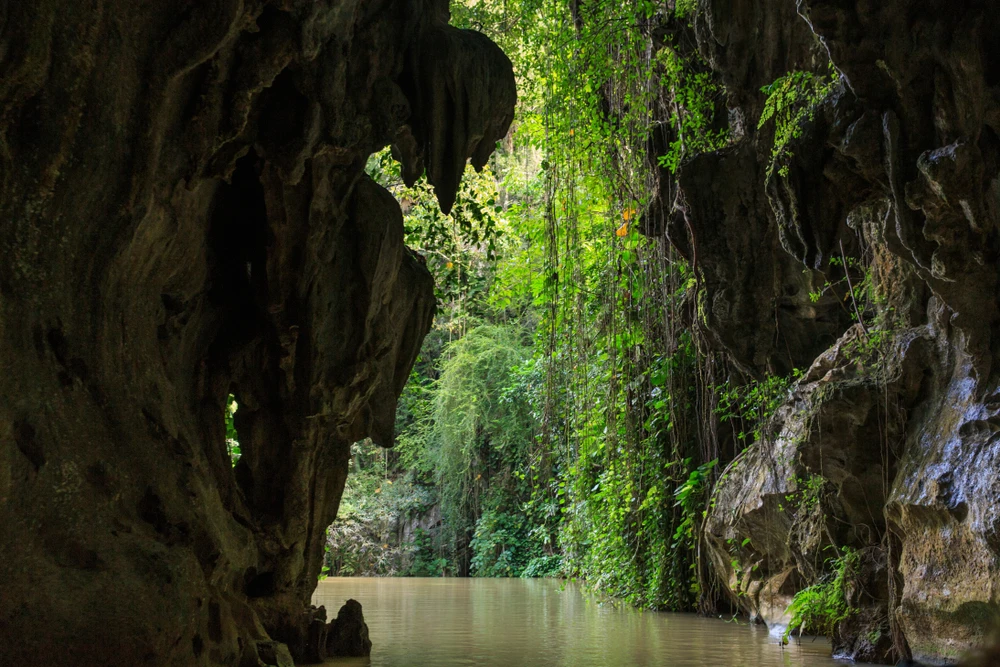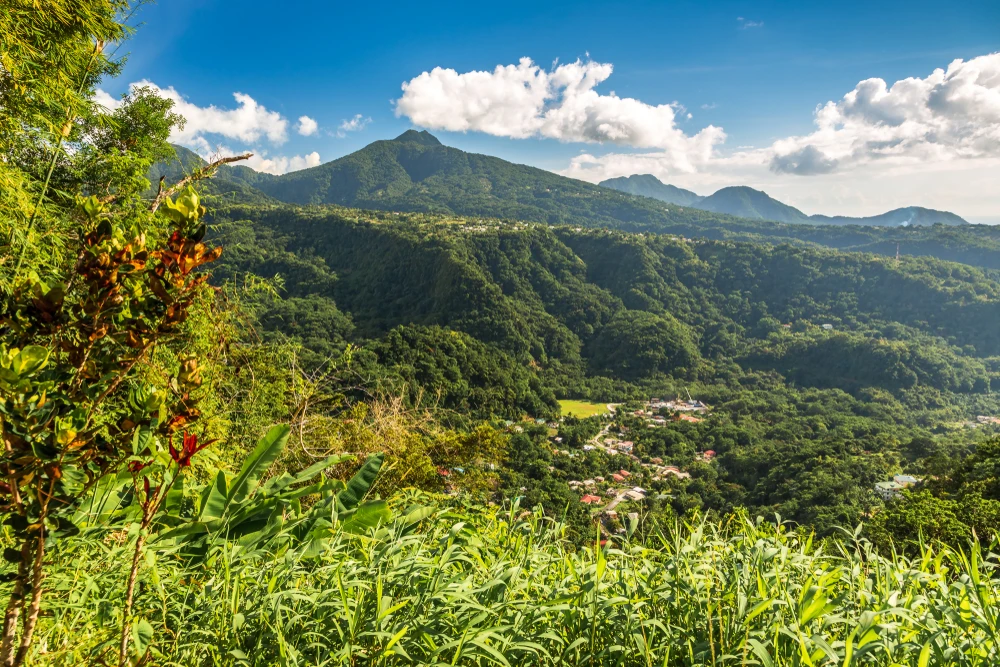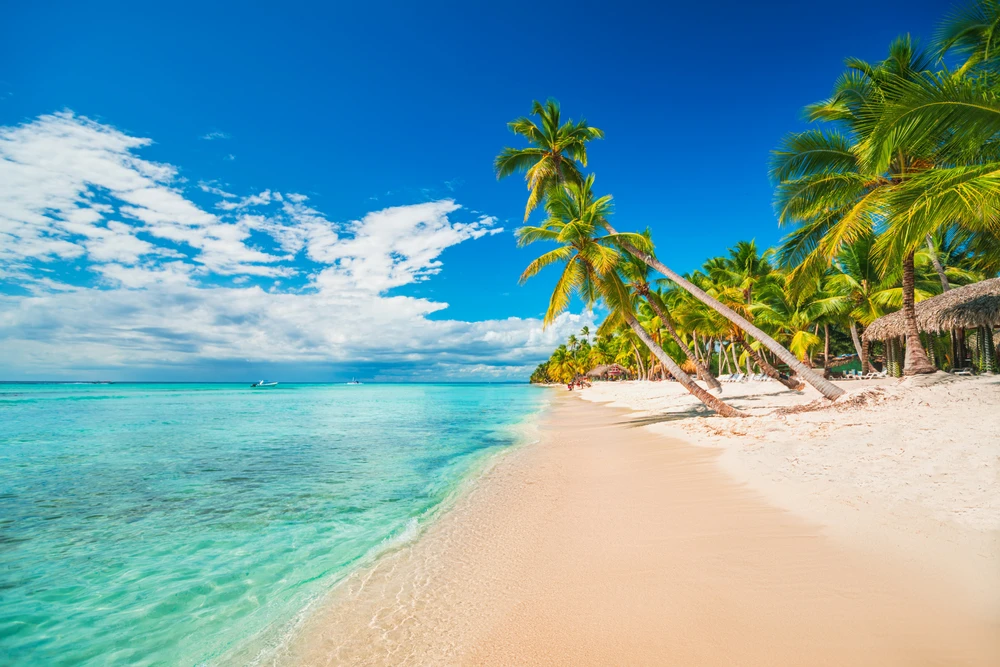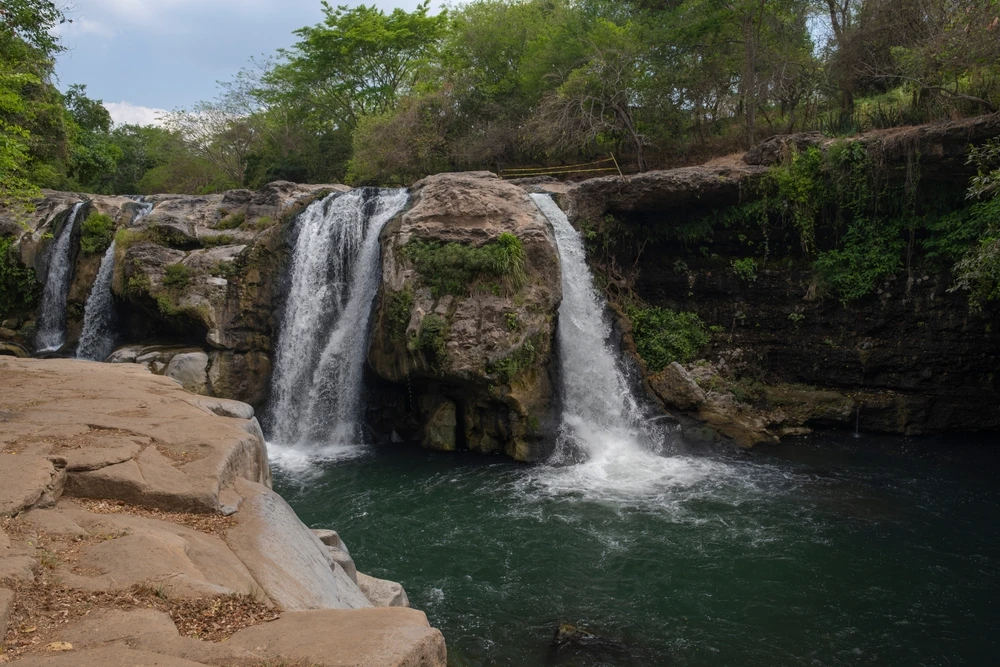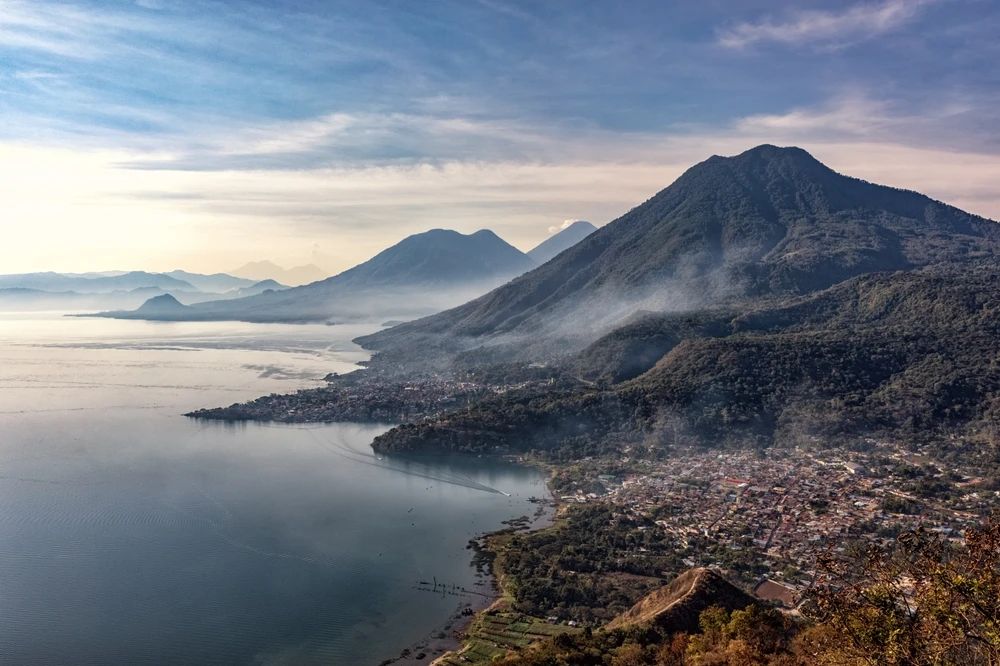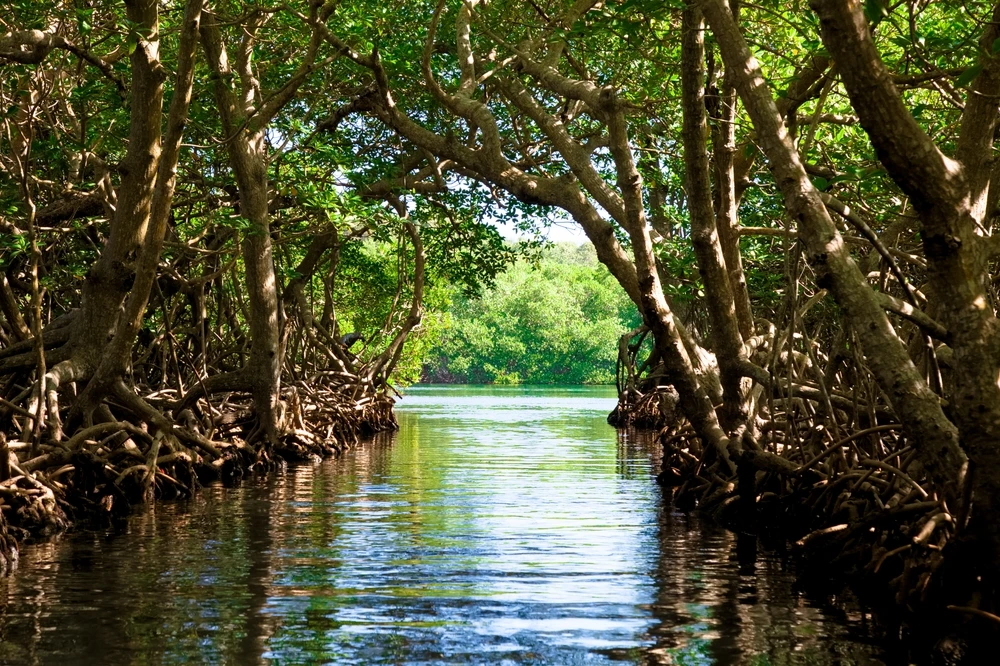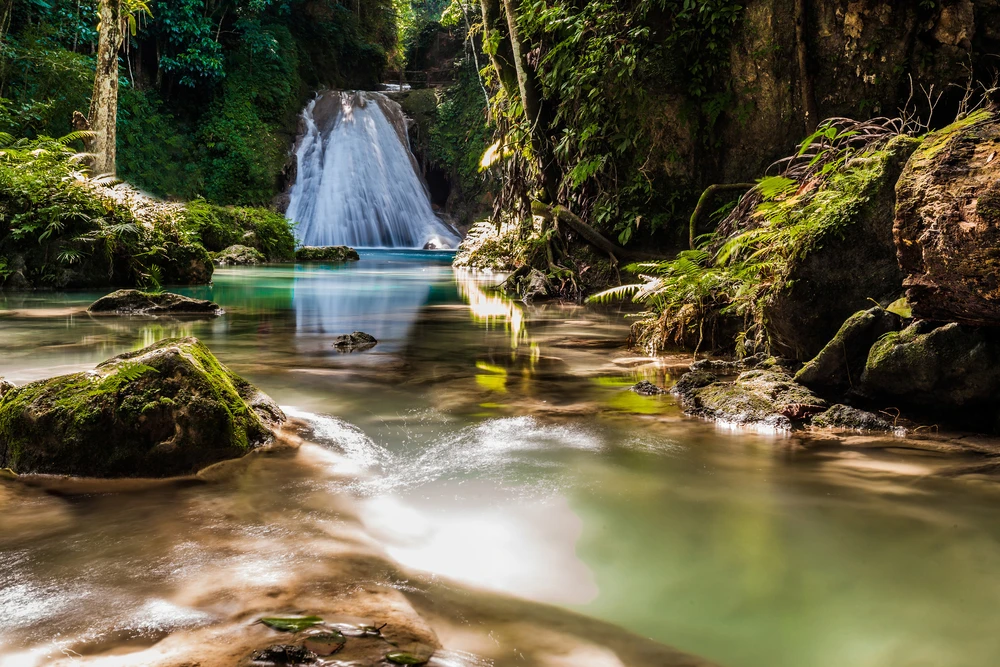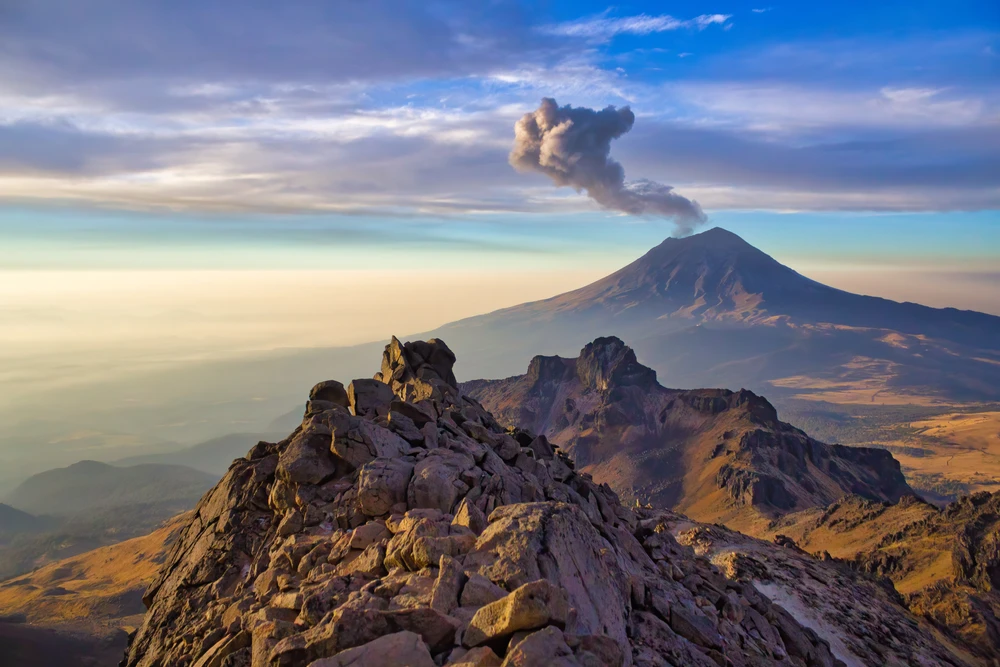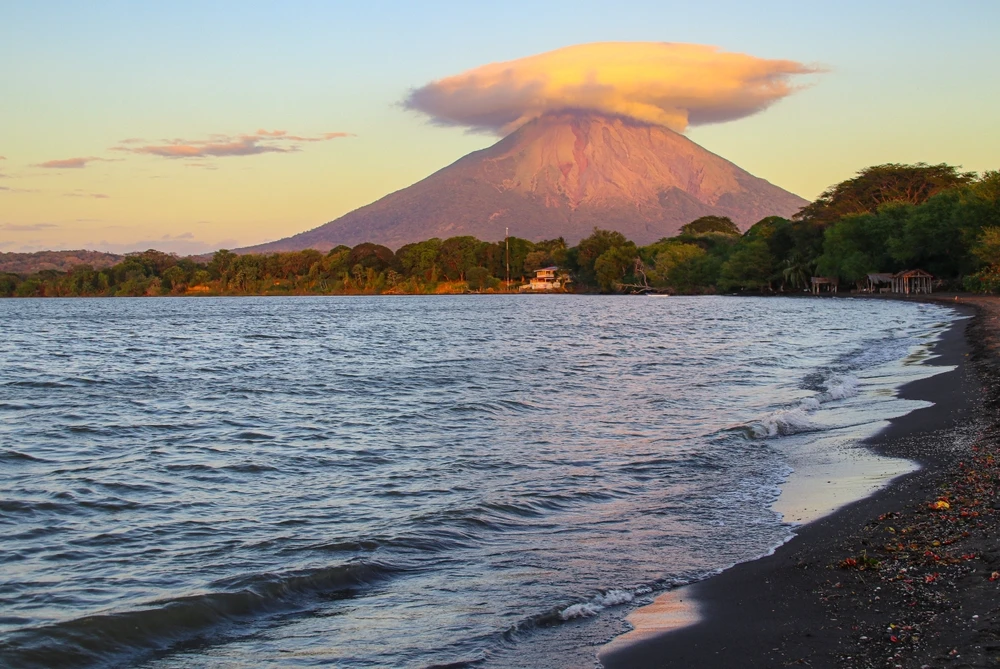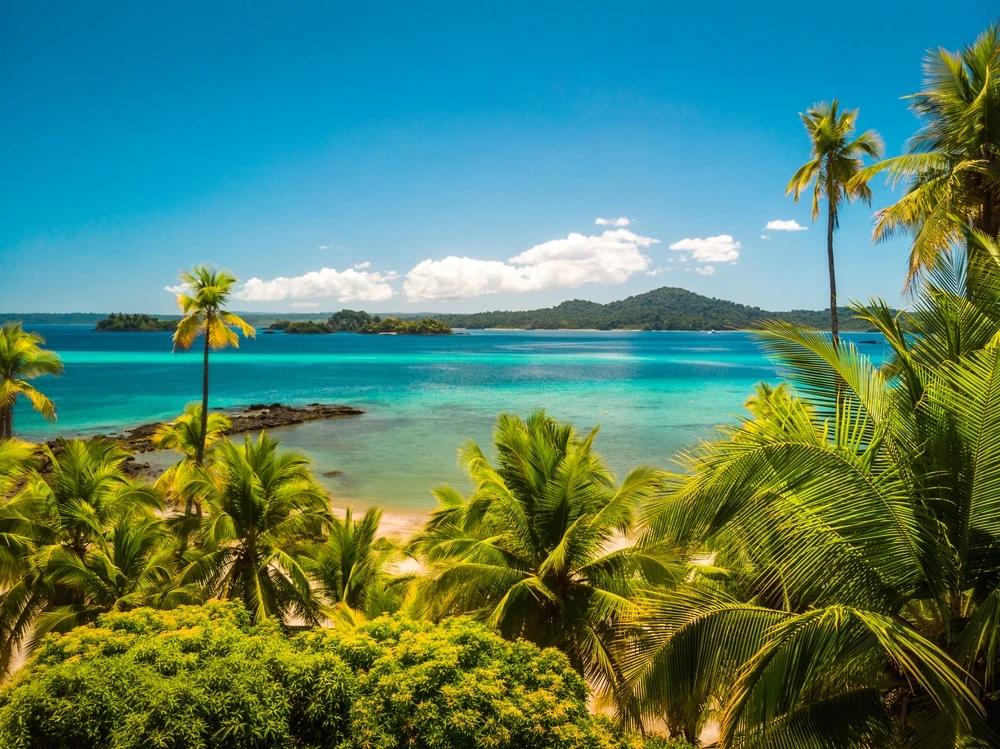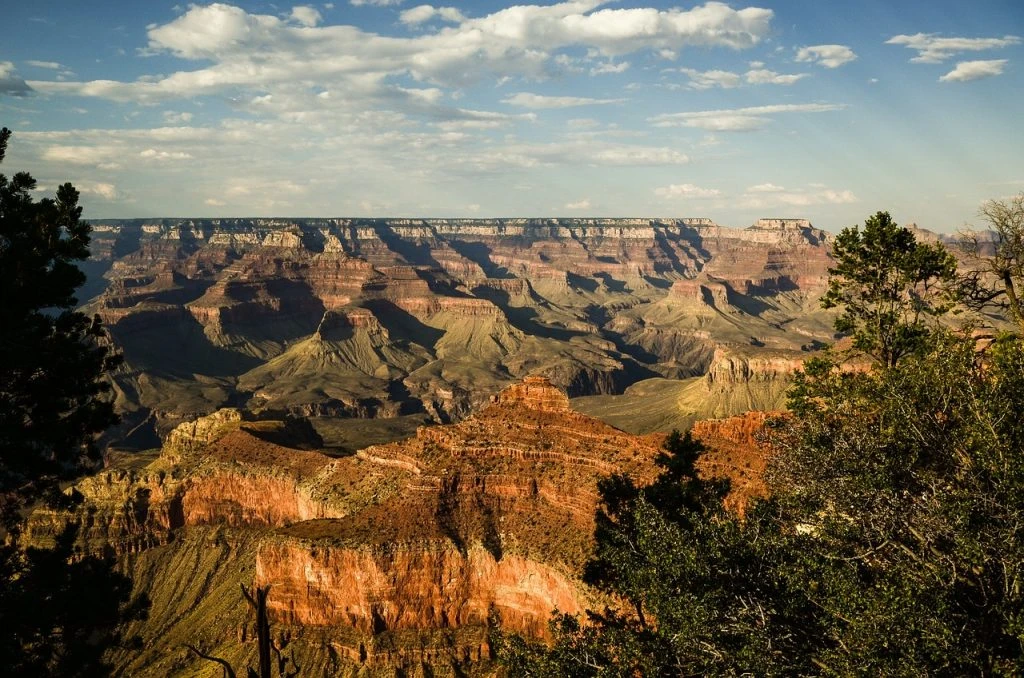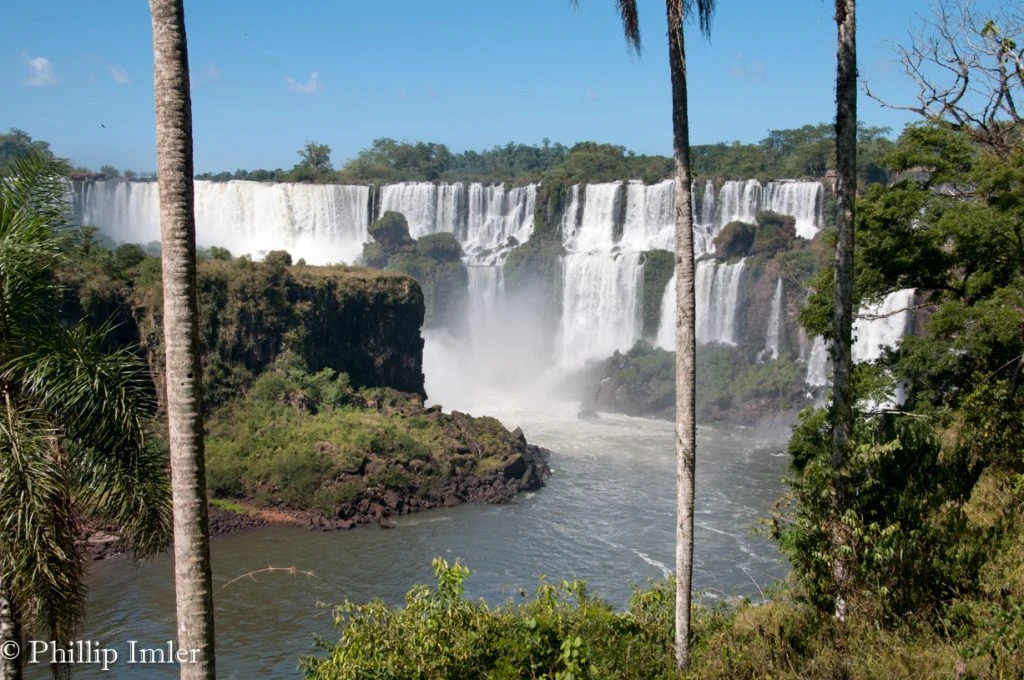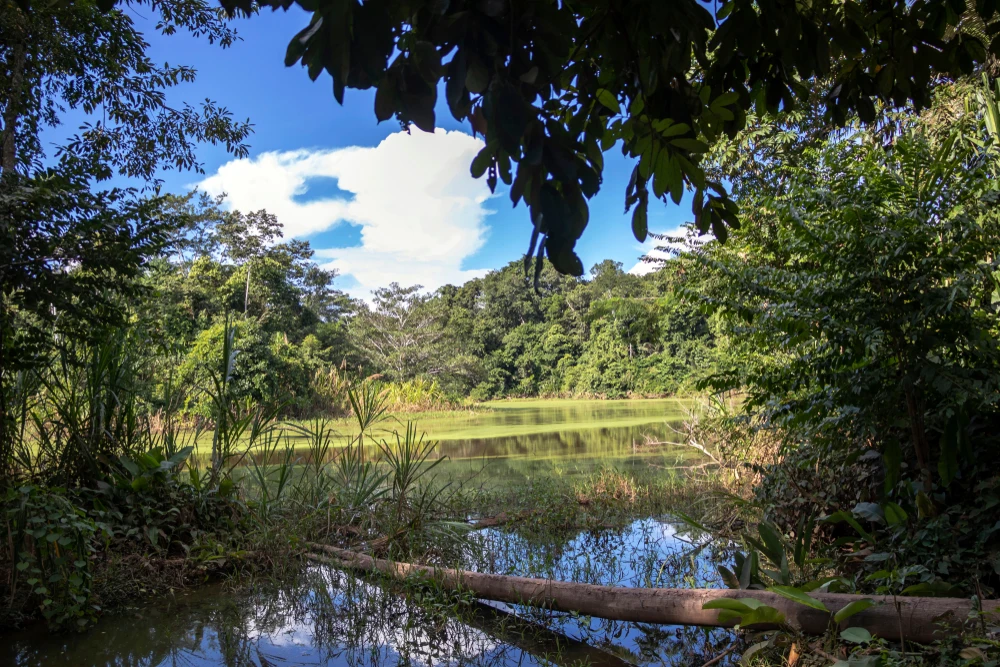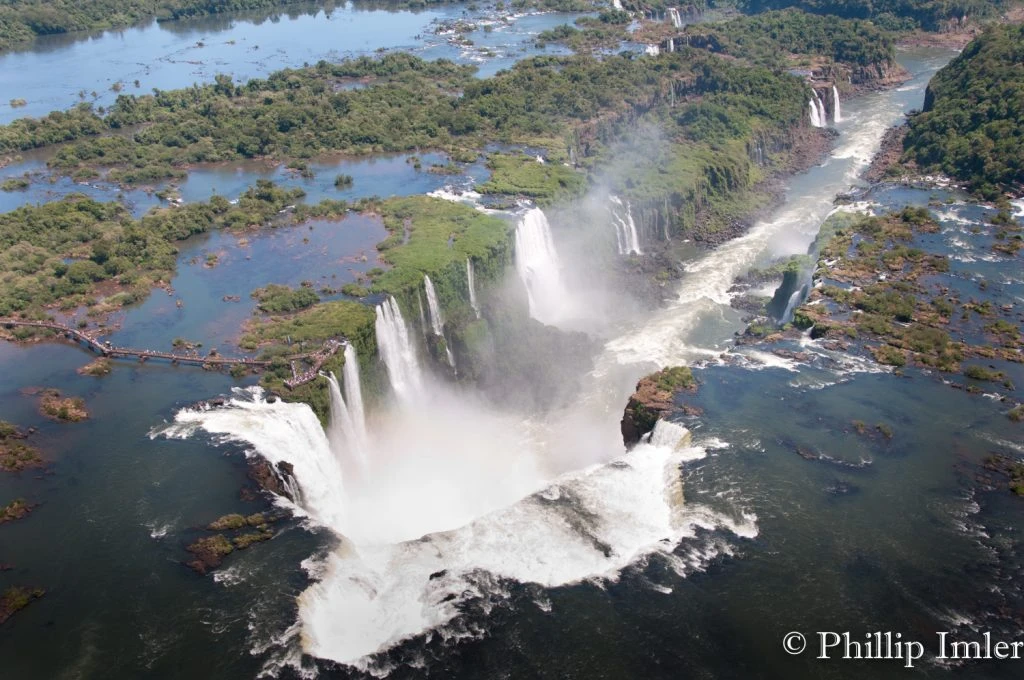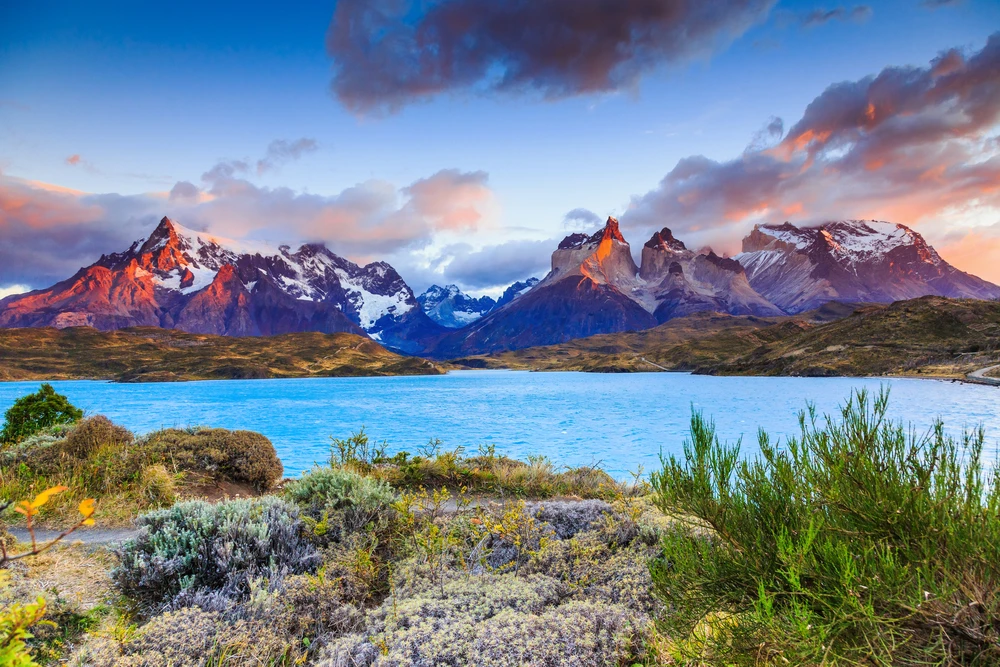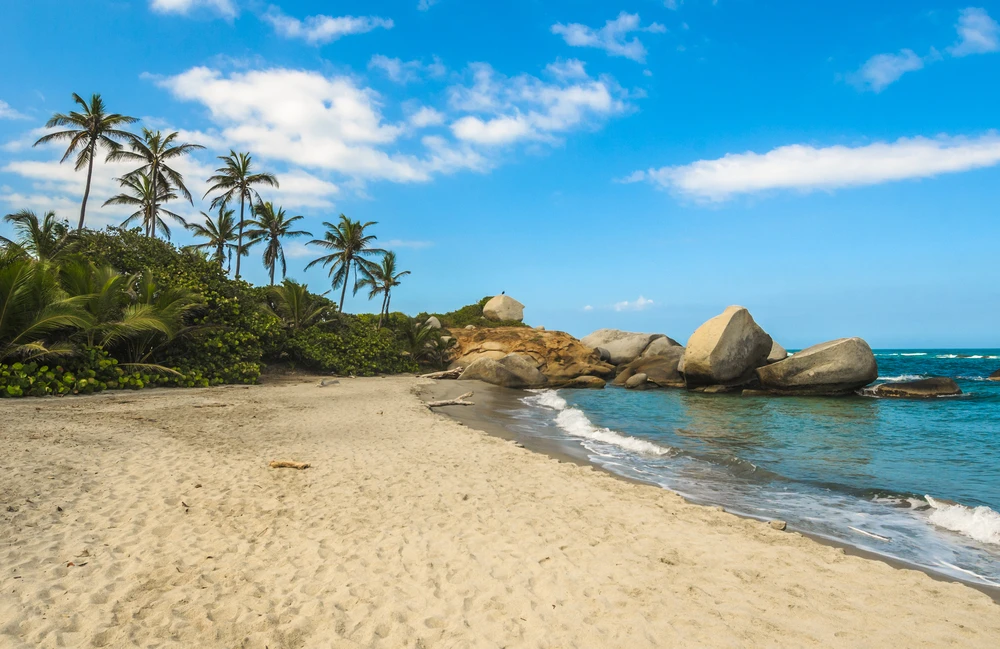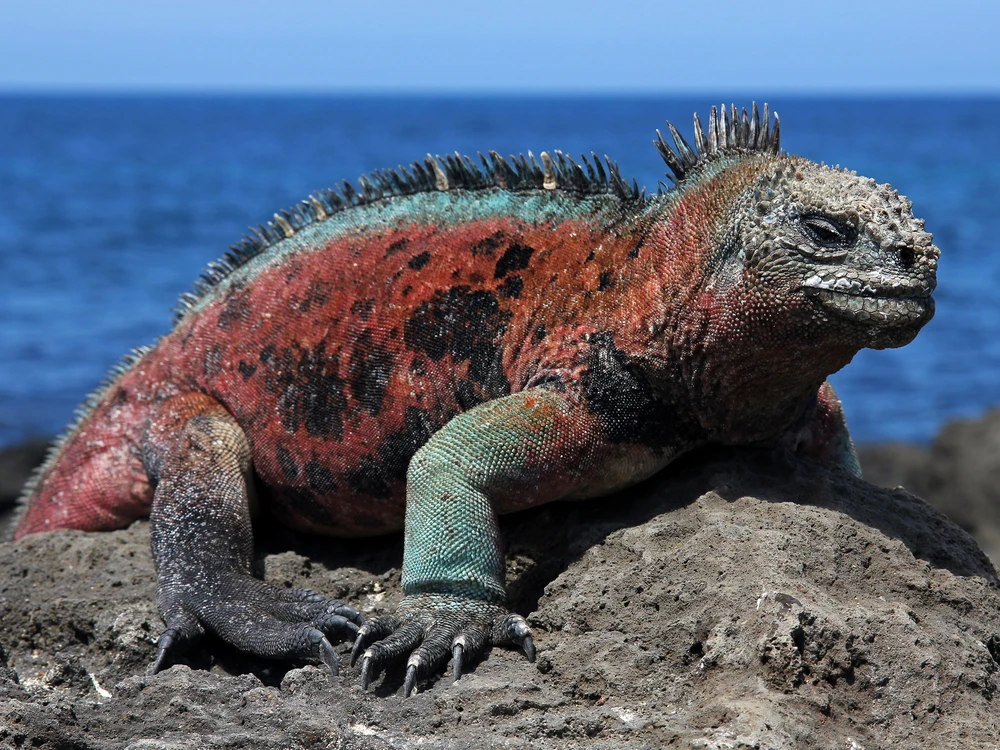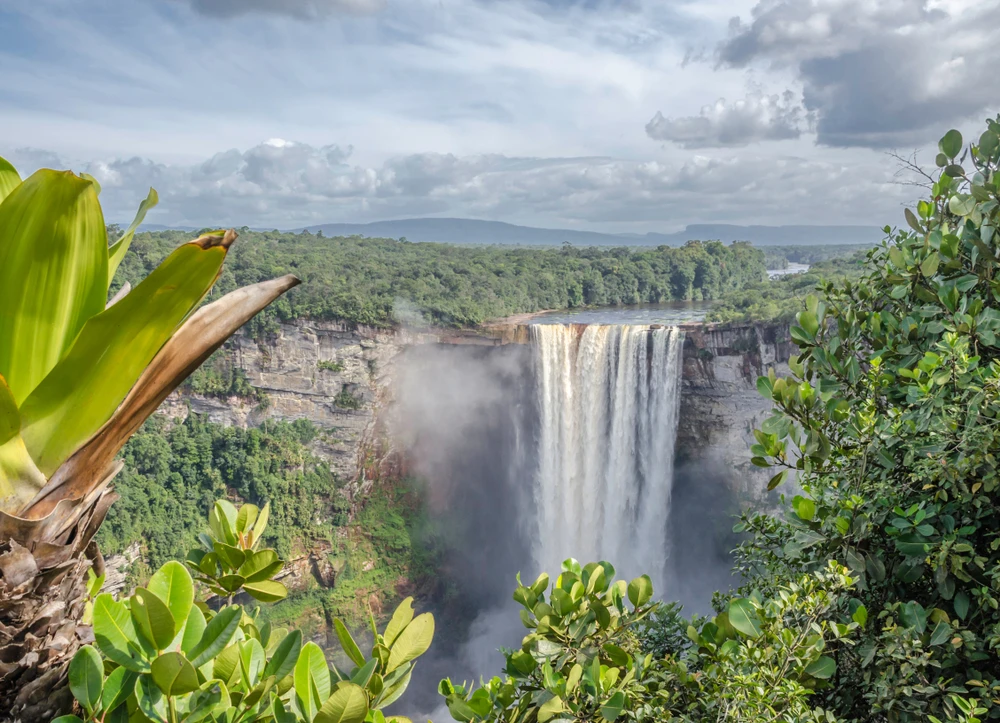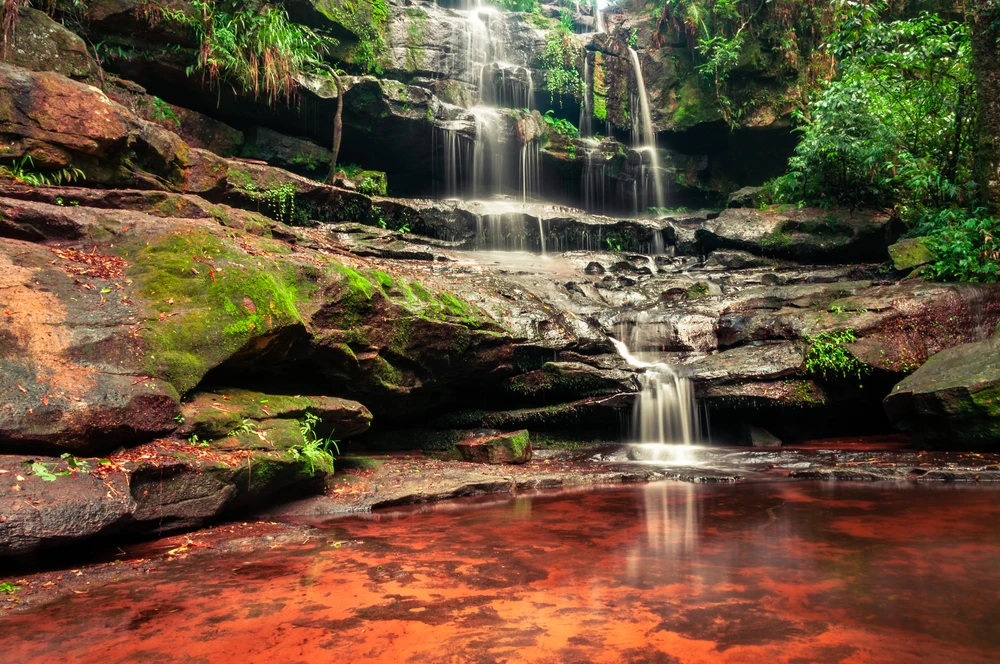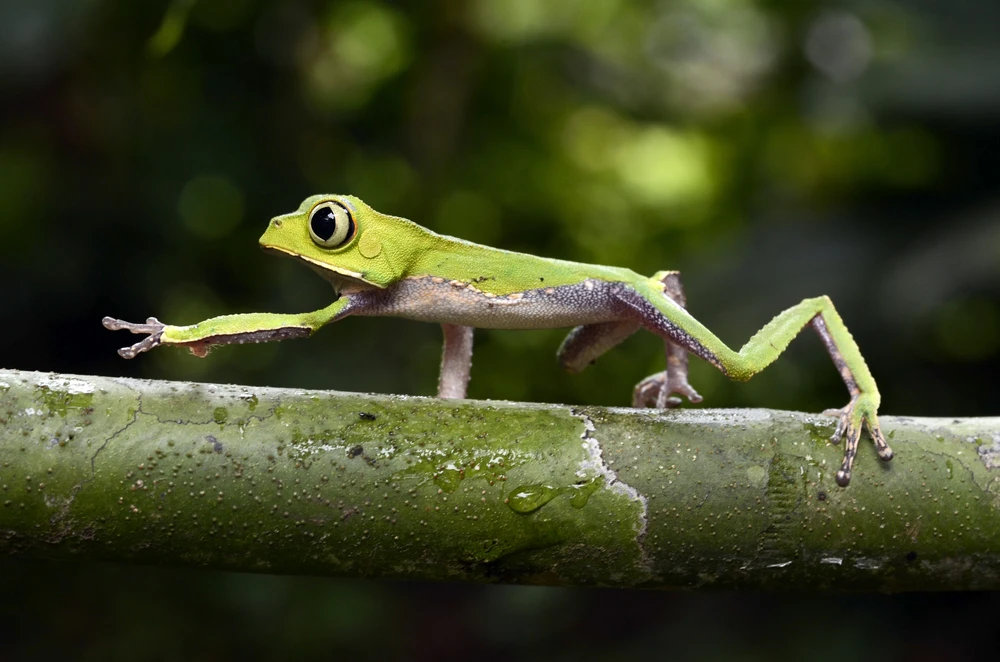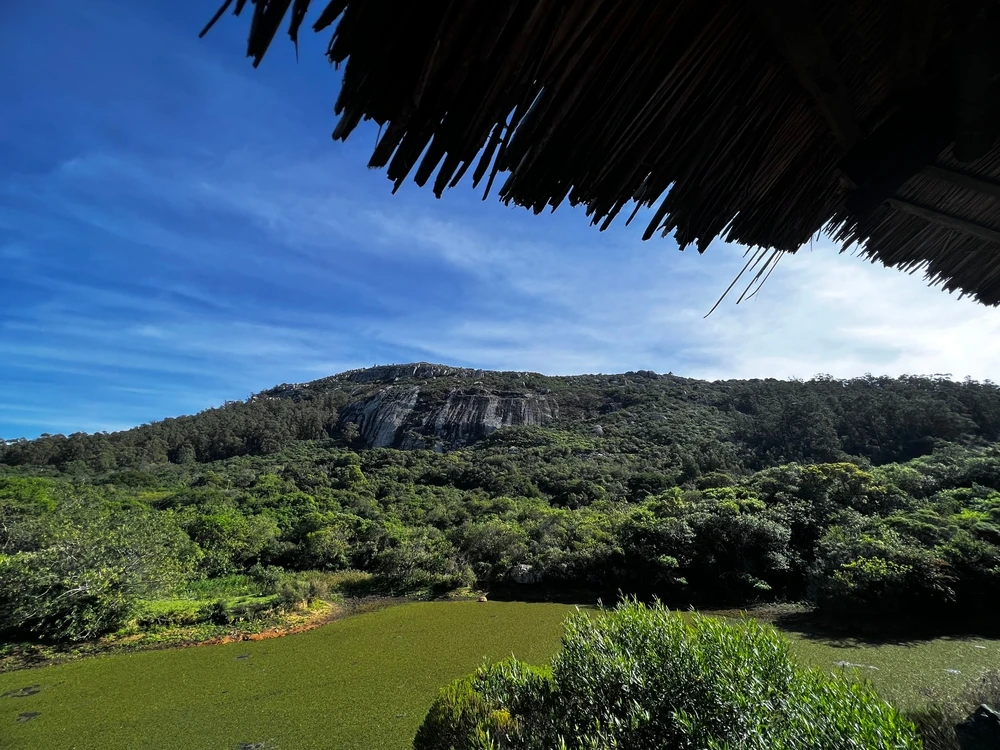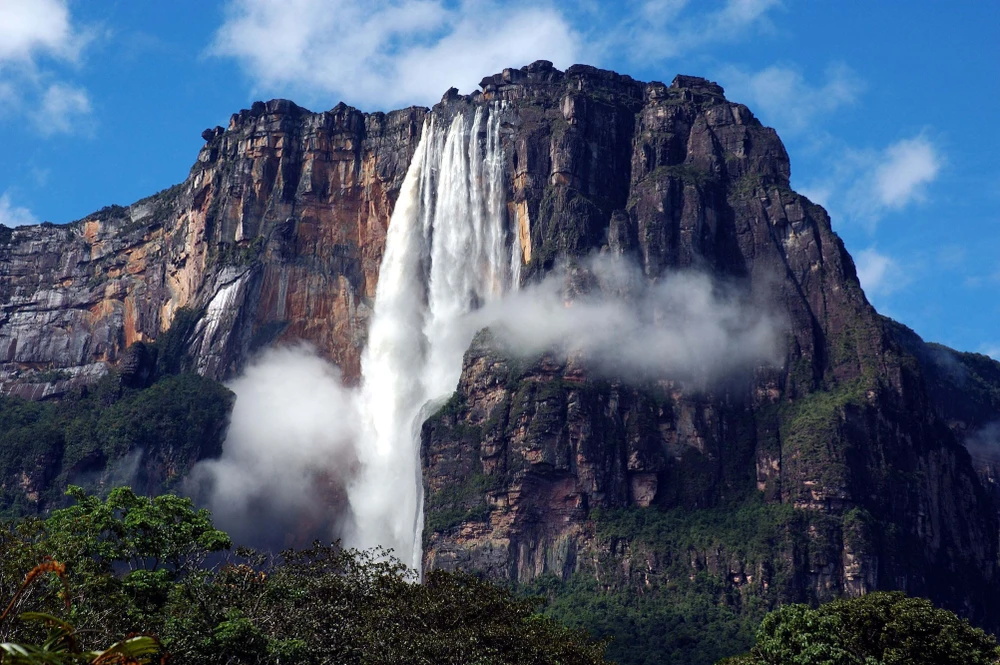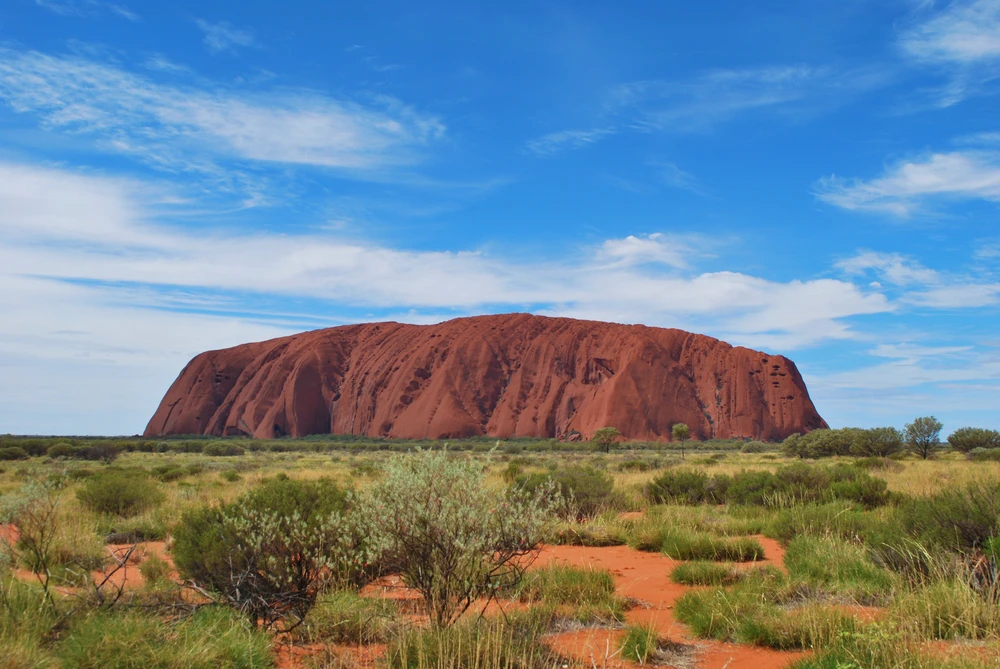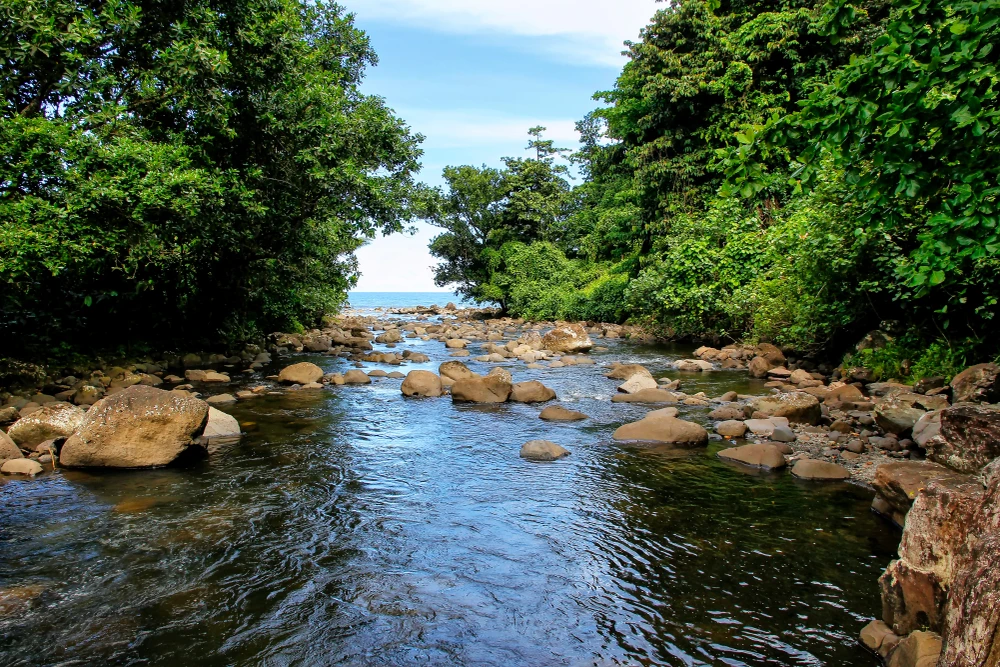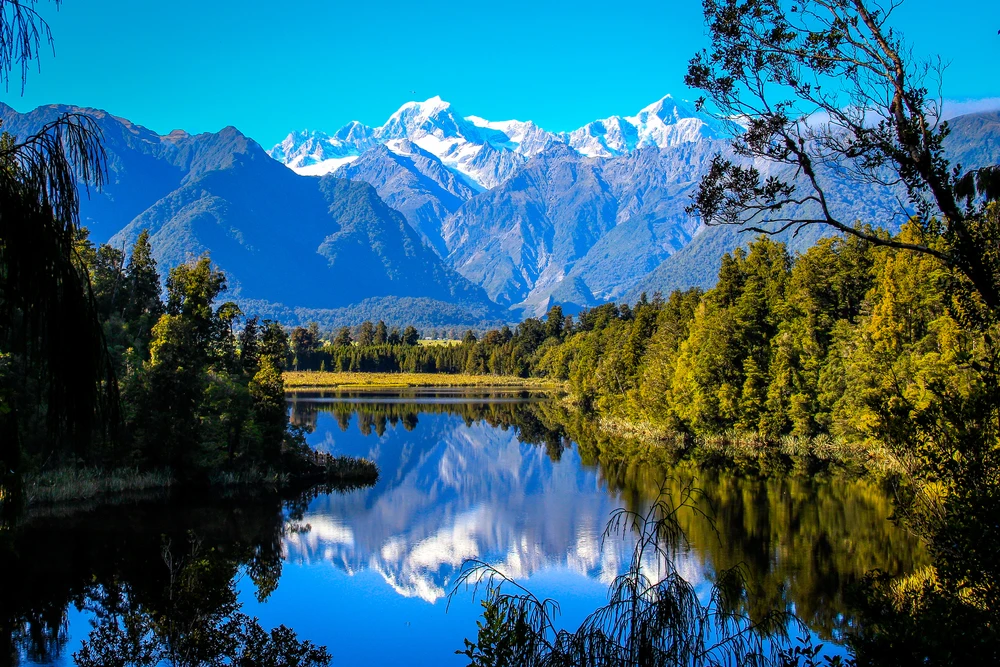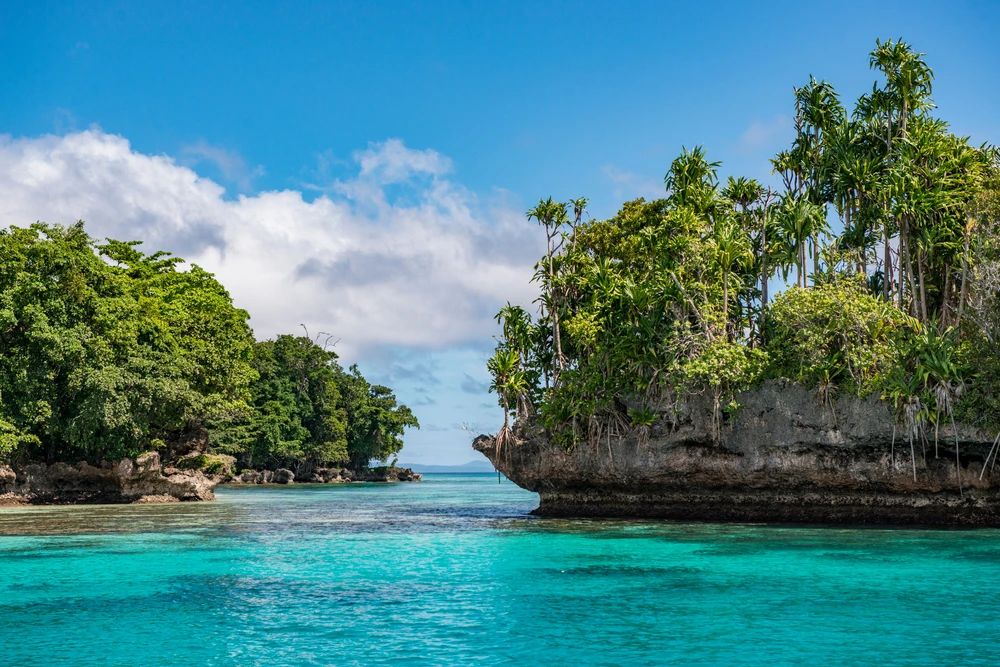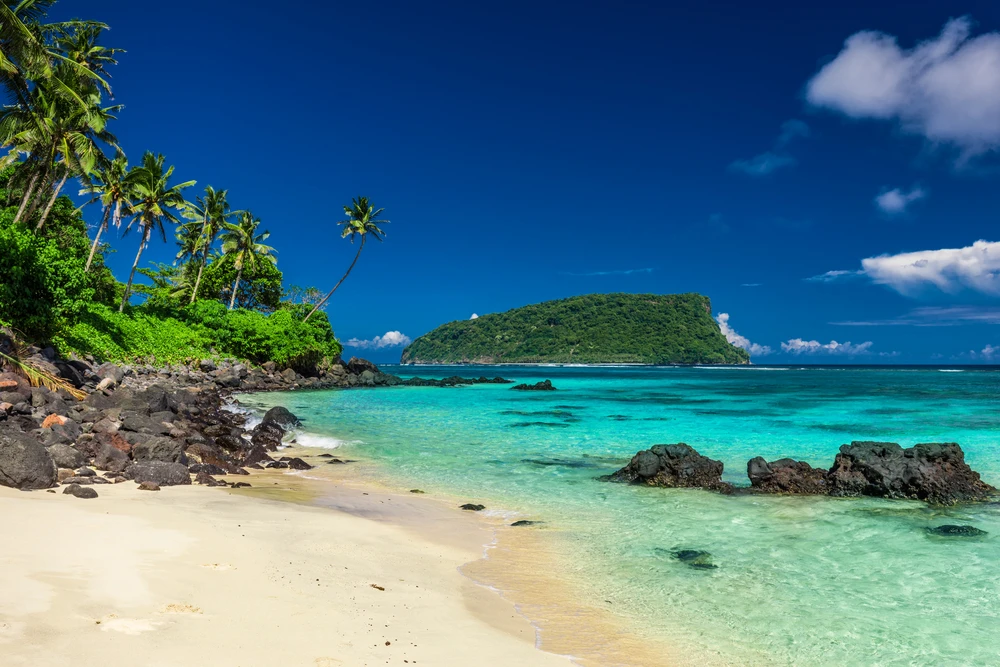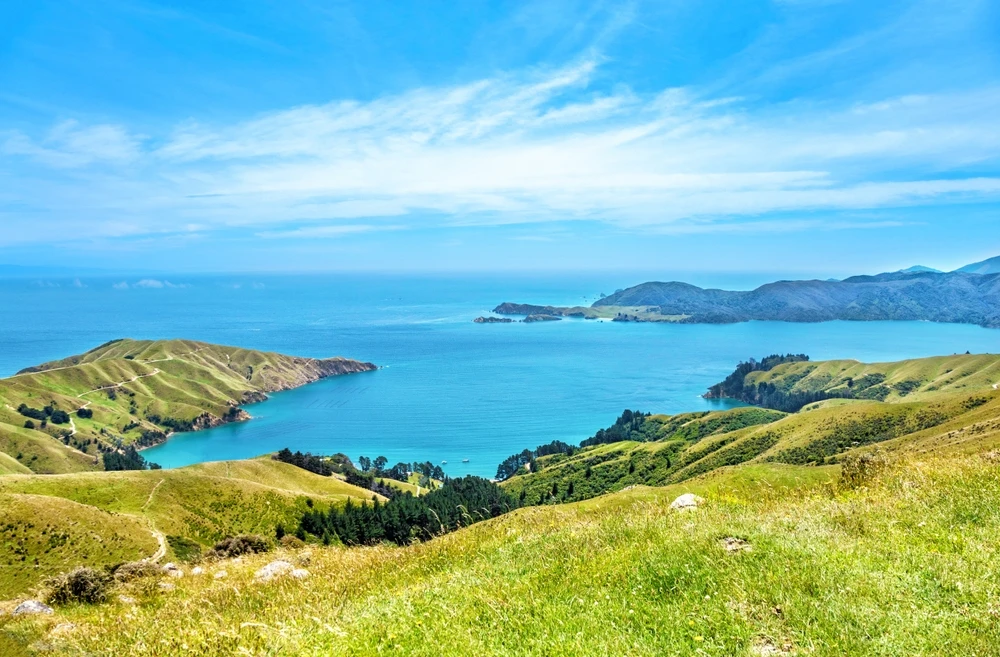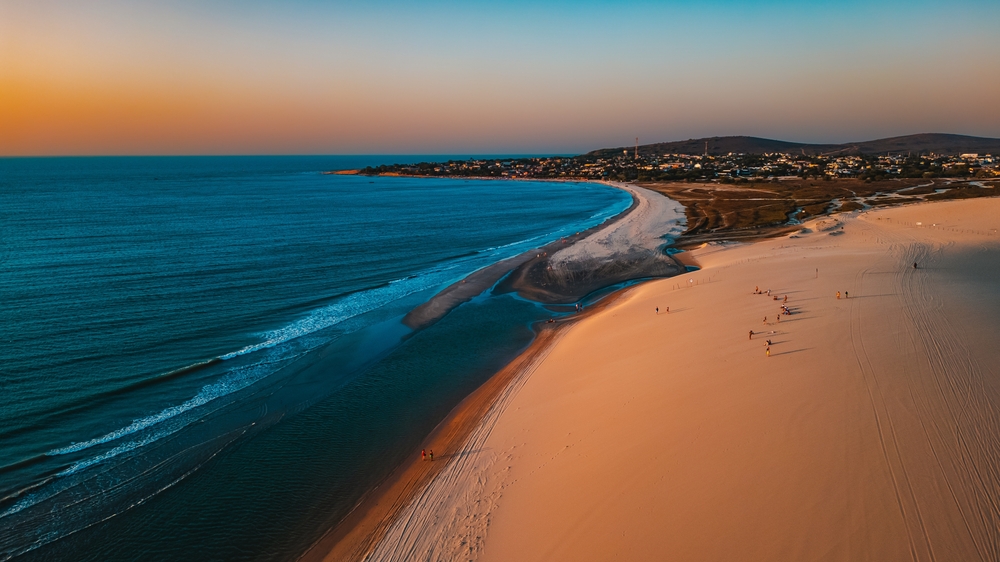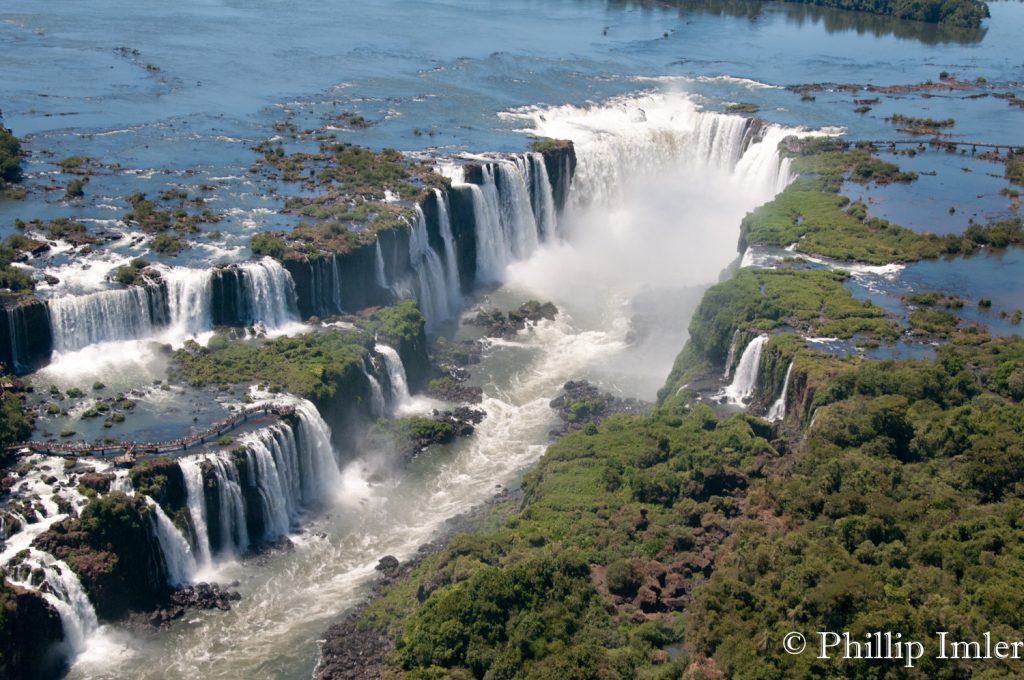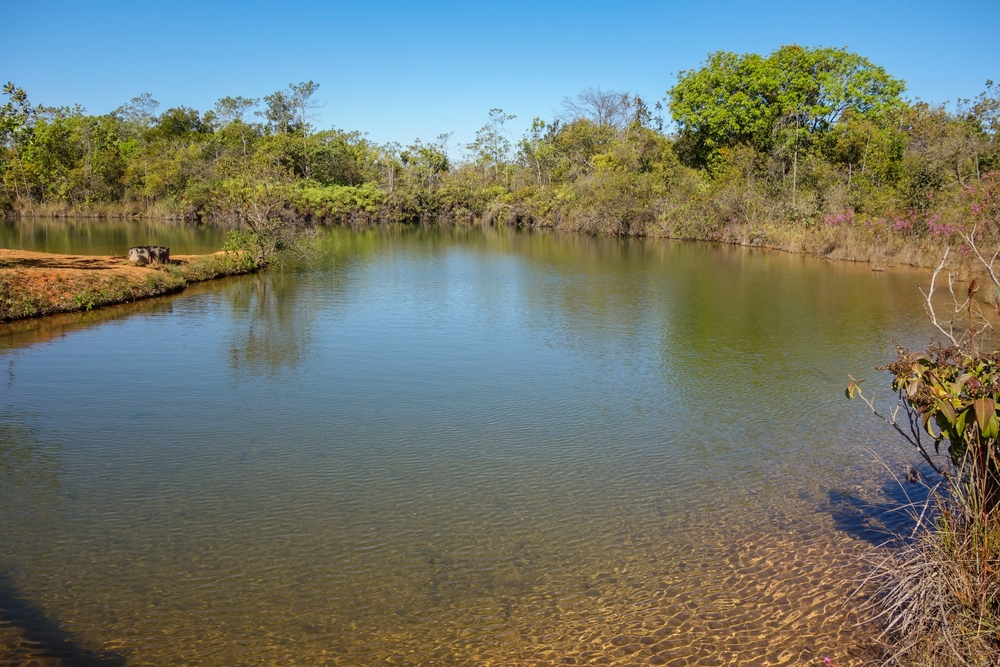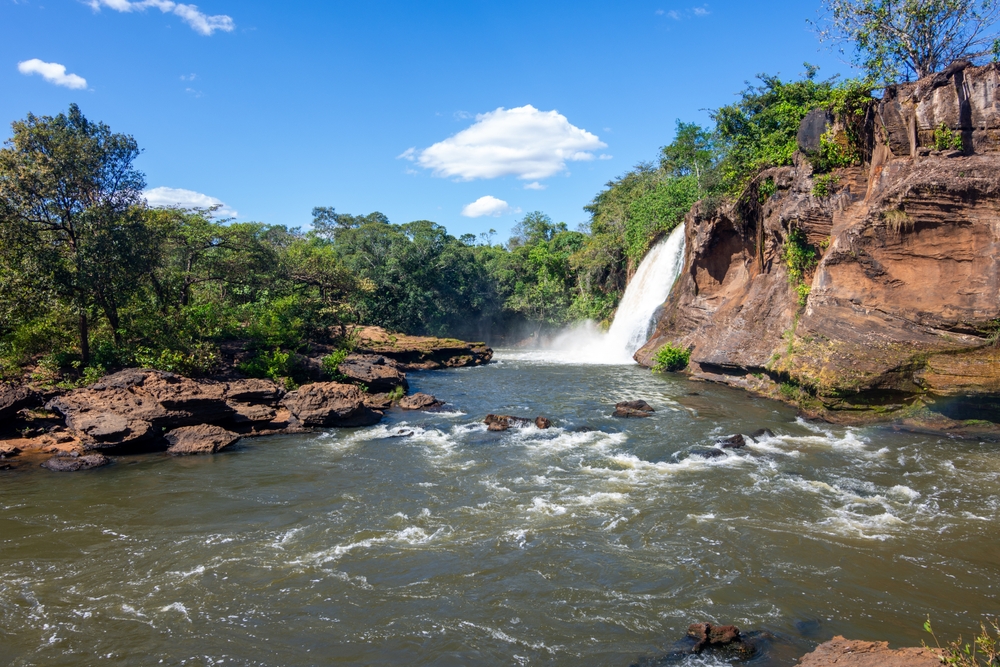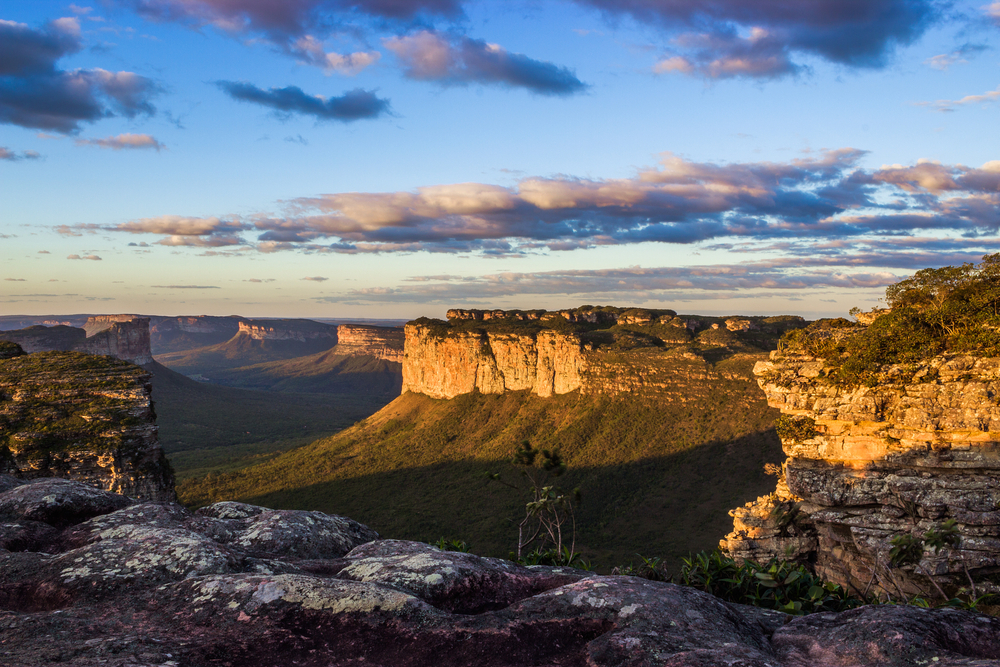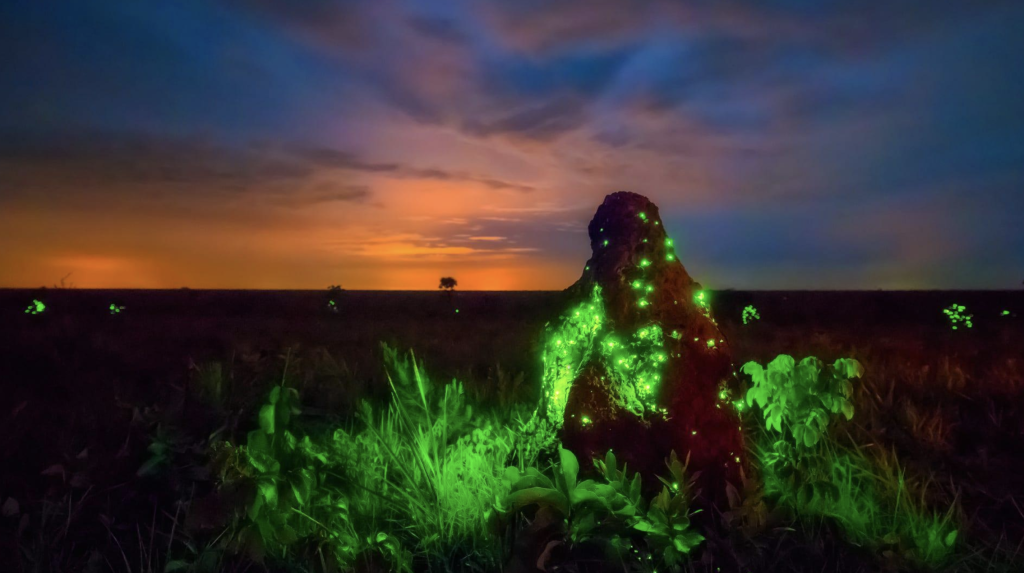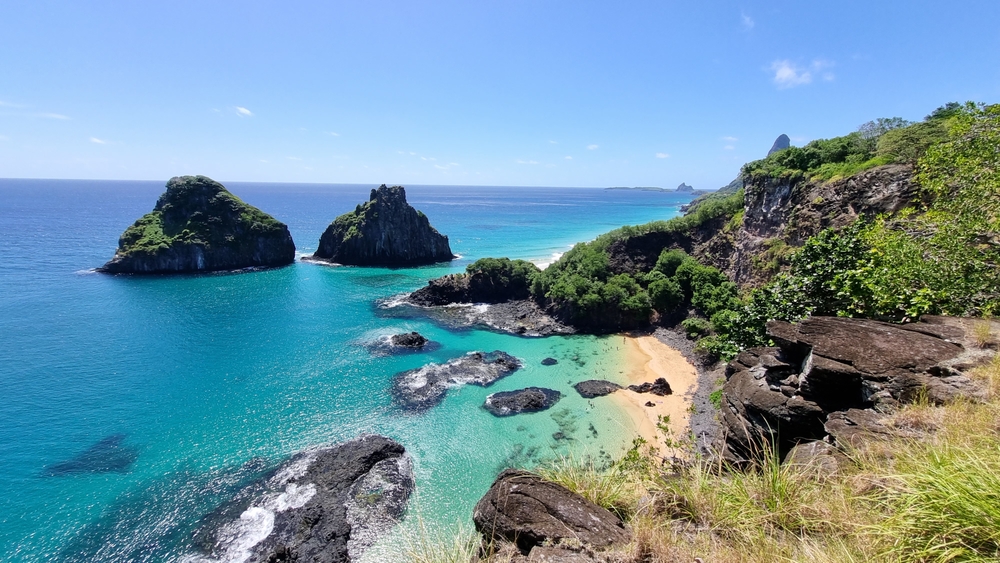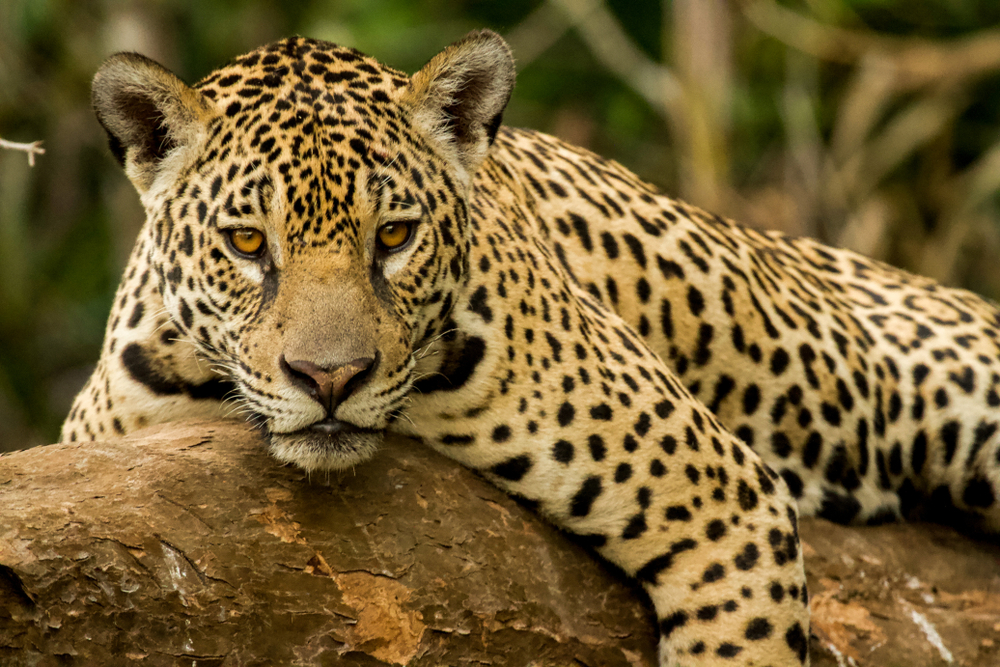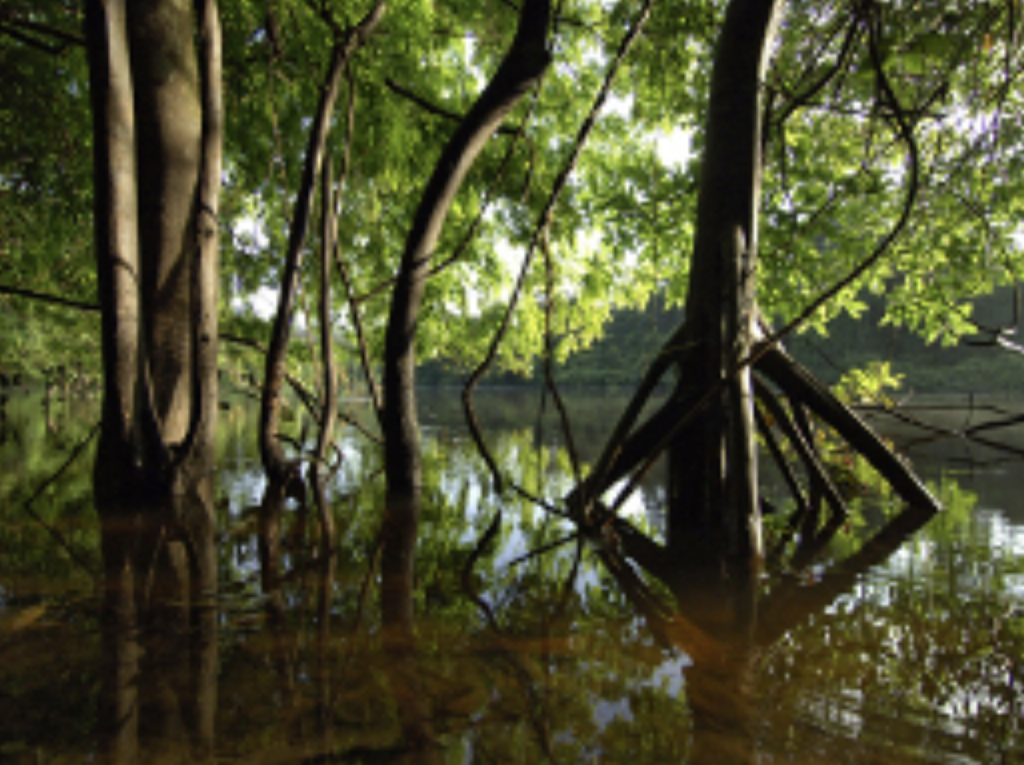Jericoacoara Overview
Jericoacoara National Park, known locally as Parque Nacional de Jericoacoara, is located in the northeastern state of Ceará, Brazil. Spanning approximately 35 square miles (90 square kilometers), this park is a coastal paradise famous for its vast sand dunes, crystal-clear lagoons, and stunning ocean views.
The park is situated near the small fishing village of Jericoacoara, which has grown into a world-renowned tourist destination. The park’s terrain is primarily composed of rolling dunes, freshwater lagoons, mangrove forests, and rocky shorelines.
The Duna do Pôr do Sol, or Sunset Dune, is one of the park’s most iconic features, drawing visitors who gather each evening to watch the sun set over the Atlantic Ocean. Pedra Furada, a naturally eroded rock arch on the shoreline, is another popular attraction, especially during the month of July when the setting sun aligns perfectly with the arch.
The park’s vegetation consists of coastal scrubland, mangroves, and patches of caatinga, a dry tropical forest native to northeastern Brazil. Amidst the dunes and lagoons, visitors will find carnauba palm trees, which are characteristic of the region.
The freshwater lagoons, such as Lagoa do Paraíso and Lagoa Azul, feature crystal-clear waters that contrast beautifully with the surrounding sand dunes. These lagoons are formed by seasonal rains and provide an oasis-like experience in the middle of the sandy landscape.
Jericoacoara National Park is home to a variety of wildlife, including several species adapted to the harsh coastal environment. Mammals such as crab-eating foxes, armadillos, and capuchin monkeys inhabit the park, though they are often elusive.
The area is also rich in birdlife, with species such as scarlet ibis, herons, and sandpipers frequenting the mangrove forests and wetland areas. Along the shoreline, sea turtles can often be seen nesting on the beaches, particularly between January and June. Dolphins are occasionally spotted offshore, adding to the park’s natural allure.
Visitors to Jericoacoara National Park are drawn to its stunning scenery and outdoor activities. The park’s sand dunes create a perfect setting for sandboarding and dune buggy rides, both of which are popular ways to explore the landscape.
The calm waters of the lagoons are ideal for swimming, kayaking, and stand-up paddleboarding. The strong coastal winds make Jericoacoara one of the best destinations in the world for windsurfing and kitesurfing, attracting athletes and enthusiasts from around the globe. Hiking trails lead visitors through different terrains, including pathways to Pedra Furada and scenic routes along the dunes.
The park faces several conservation challenges, including tourism management, environmental degradation, and the impact of climate change. The increasing popularity of Jericoacoara has led to concerns about waste management, erosion, and the sustainability of local infrastructure.
Efforts have been made to regulate tourism and protect the delicate ecosystem, including restrictions on vehicle access within the park and initiatives to promote sustainable tourism practices. Conservation successes include ongoing efforts to preserve the region’s biodiversity, such as sea turtle protection programs and the regulation of construction to minimize environmental impact.

